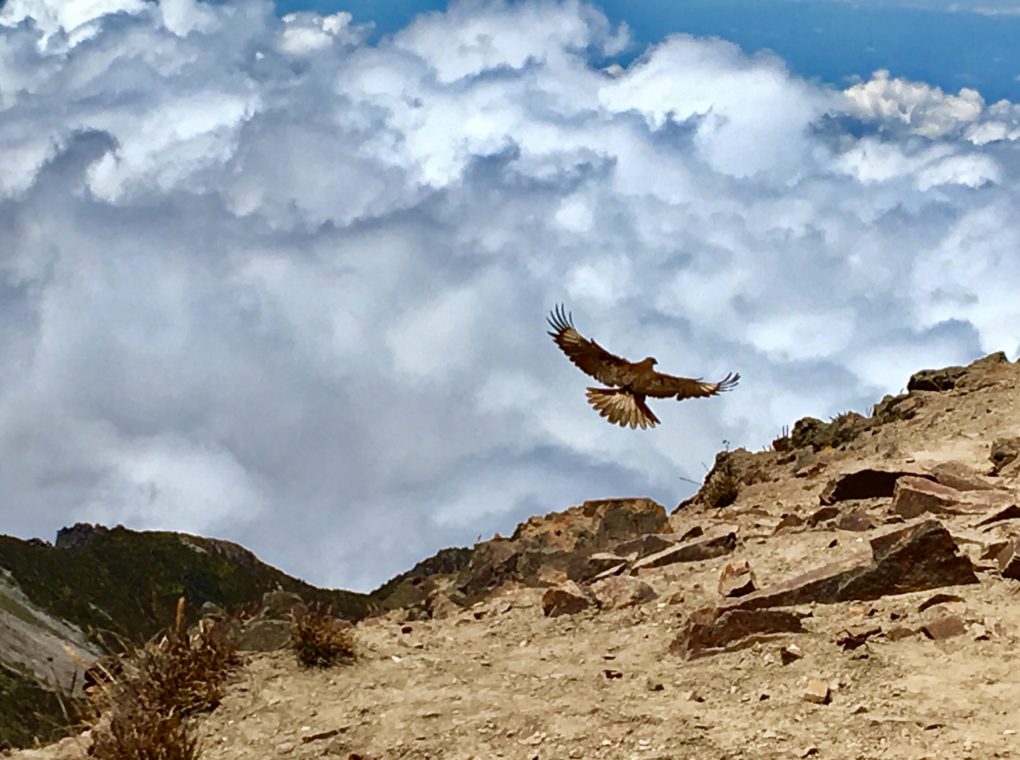

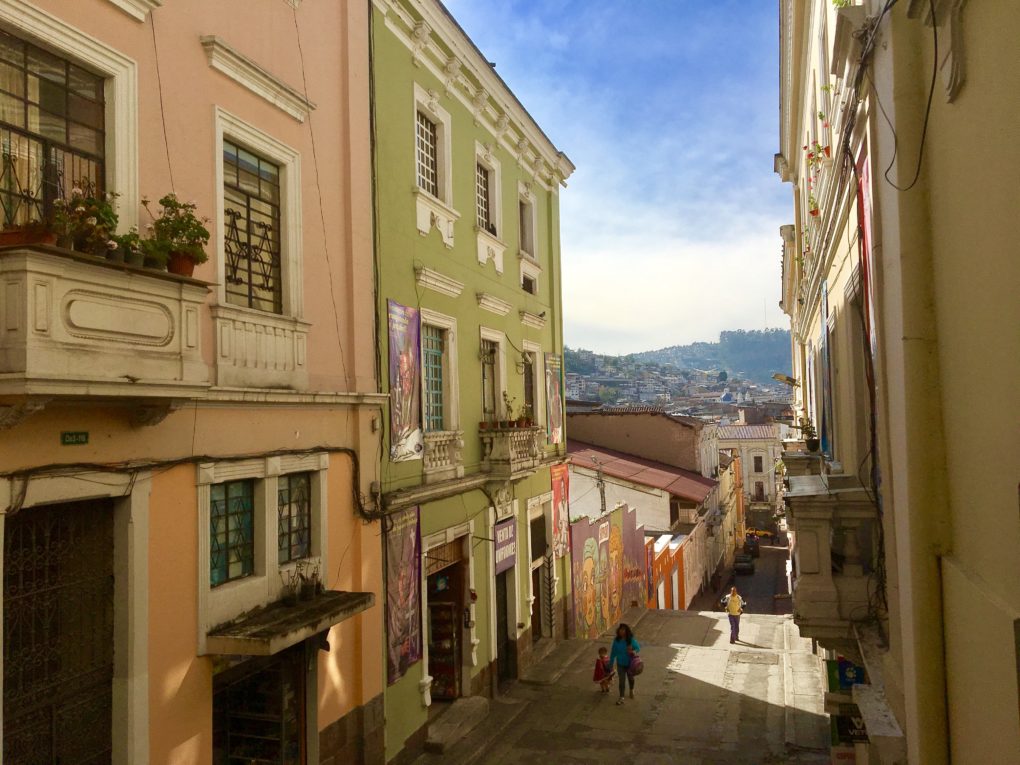
Friendly people, thin air, and the acclimatization has begun as I site see and jog around the steep streets at 9,350 feet.
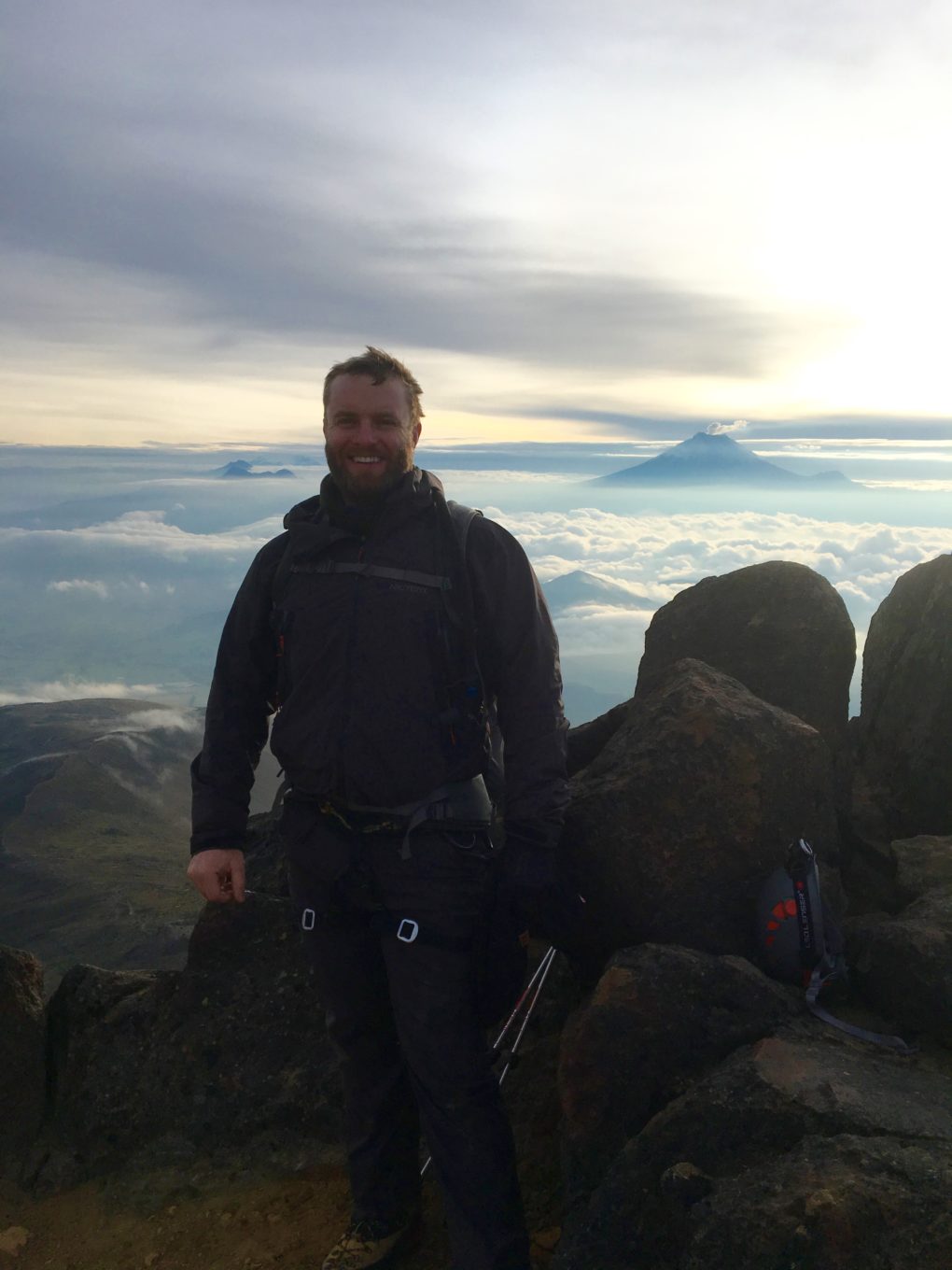
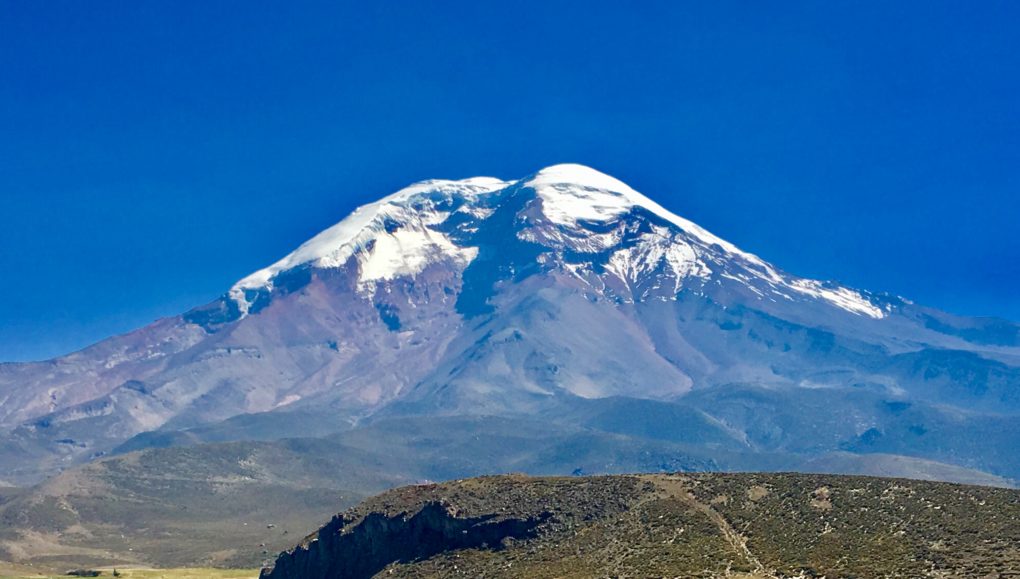
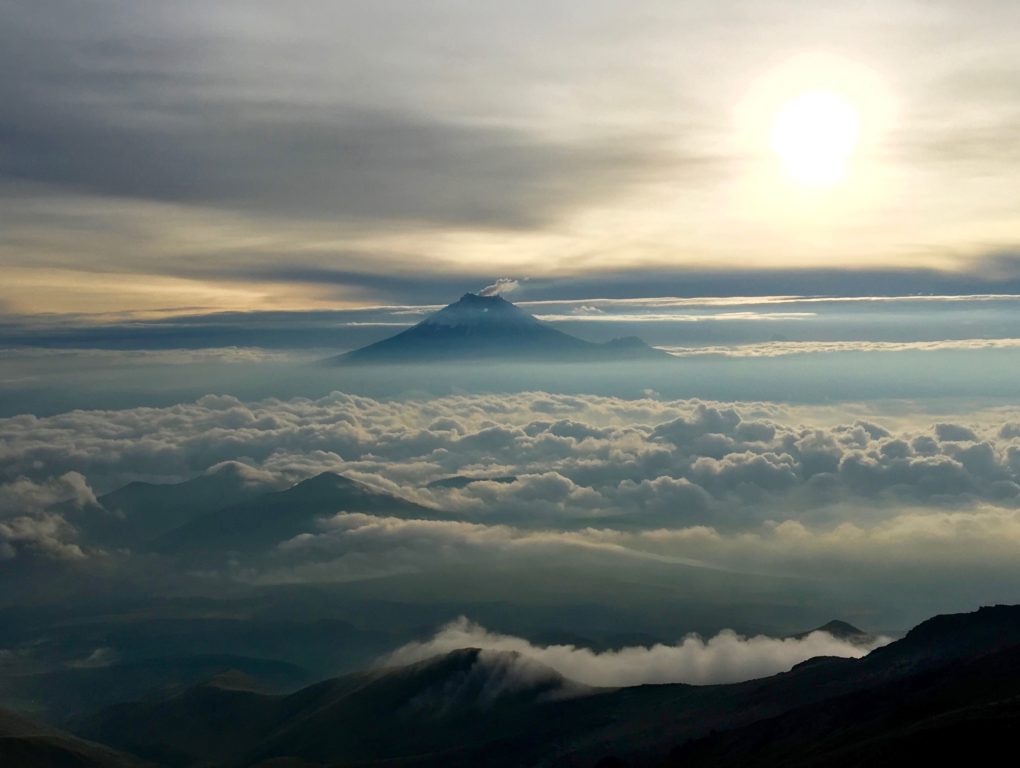

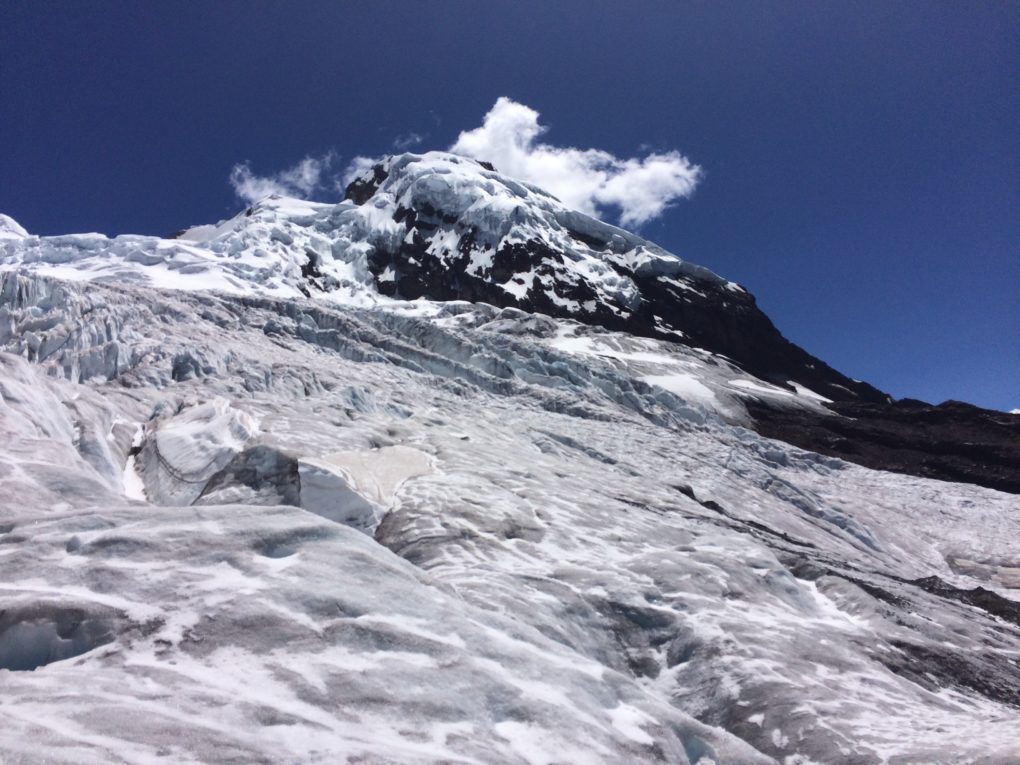
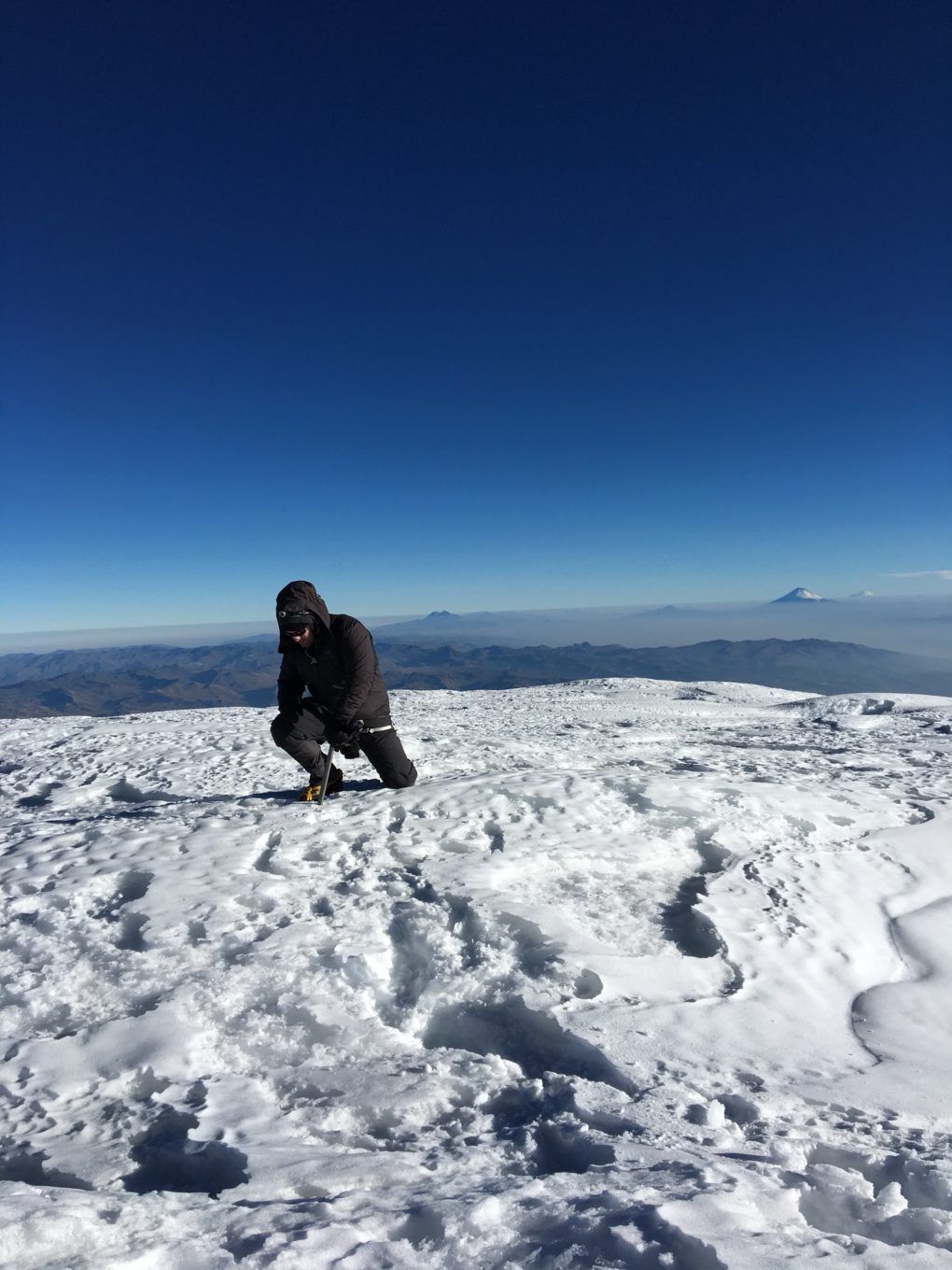
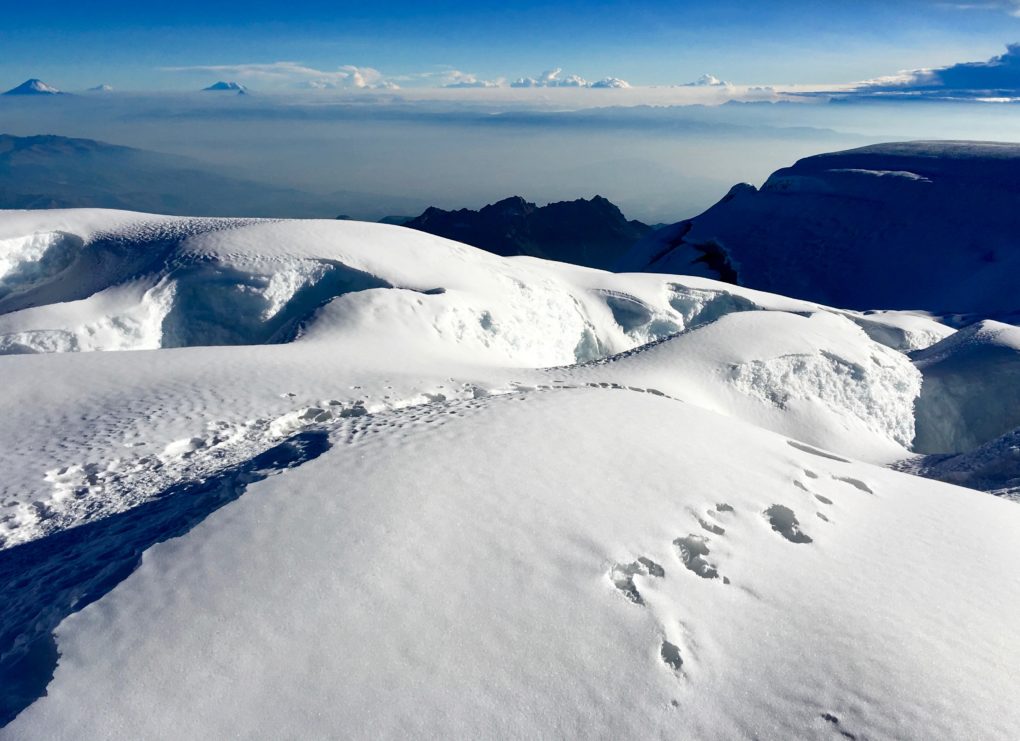
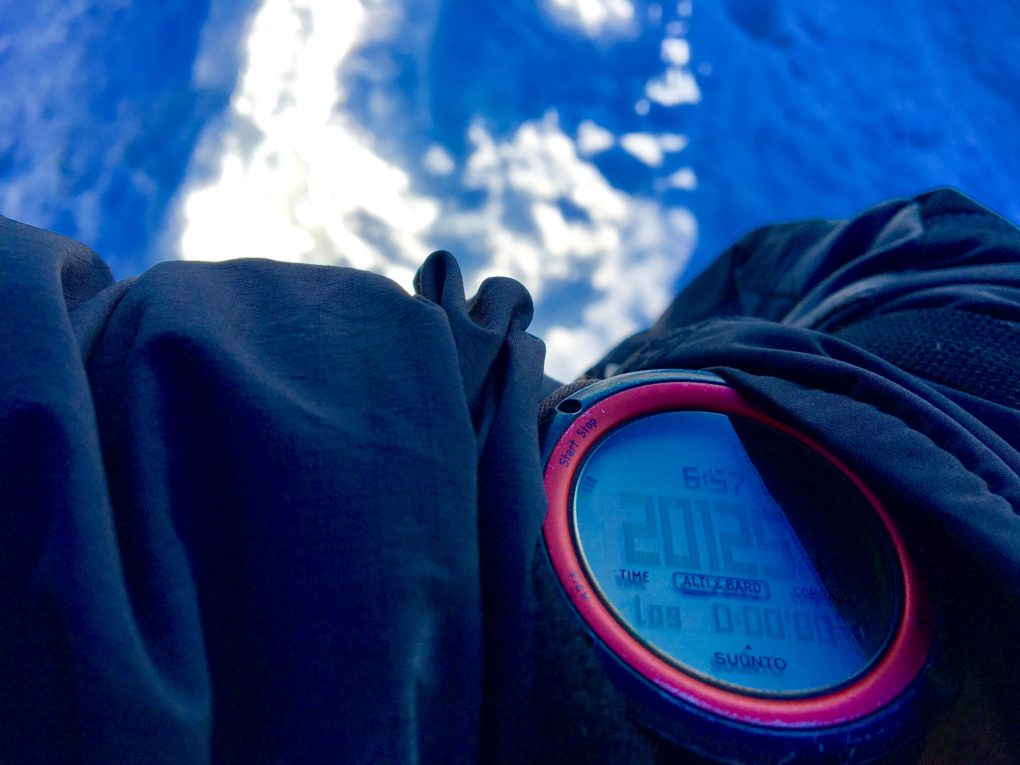
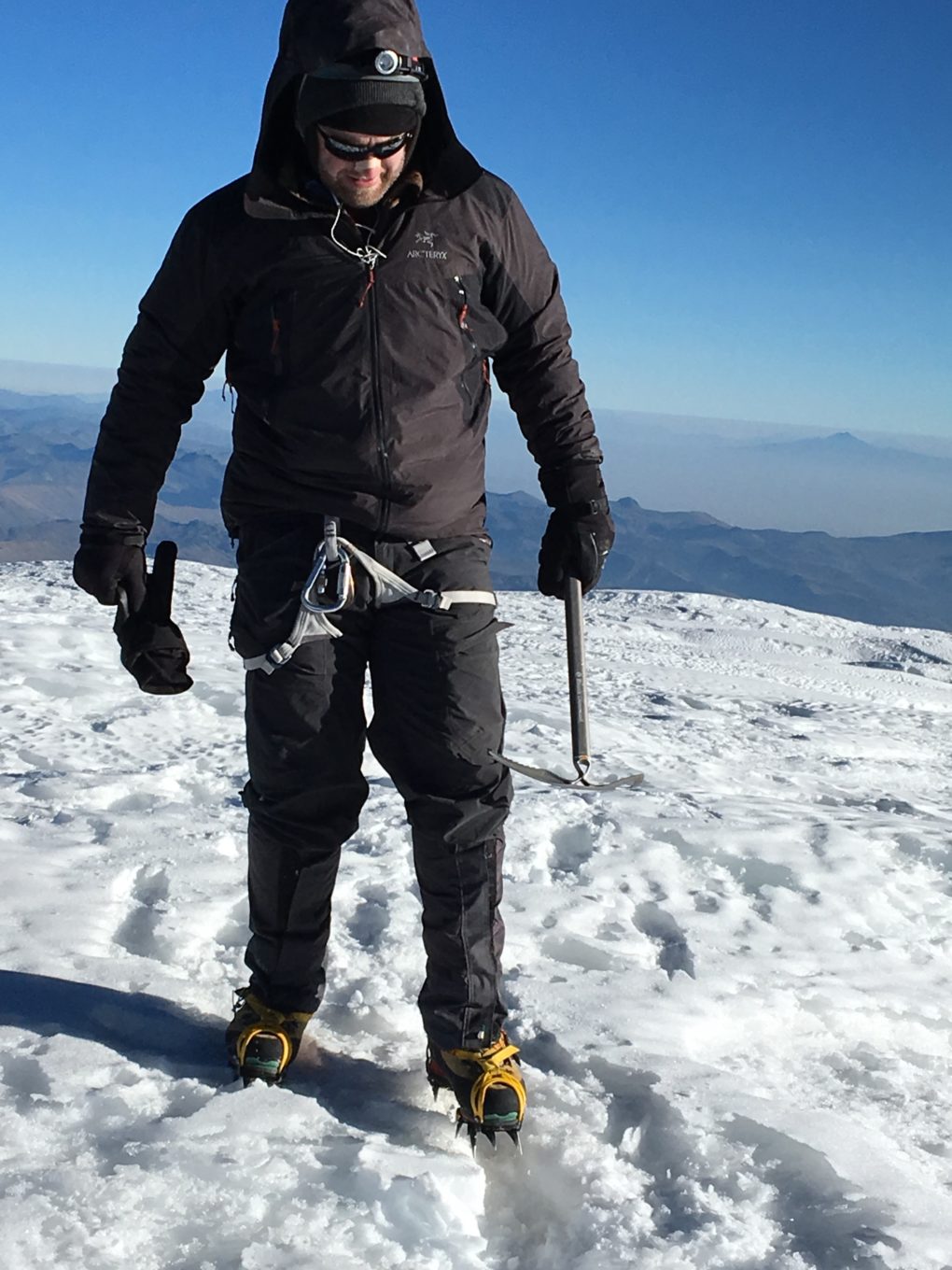






Friendly people, thin air, and the acclimatization has begun as I site see and jog around the steep streets at 9,350 feet.











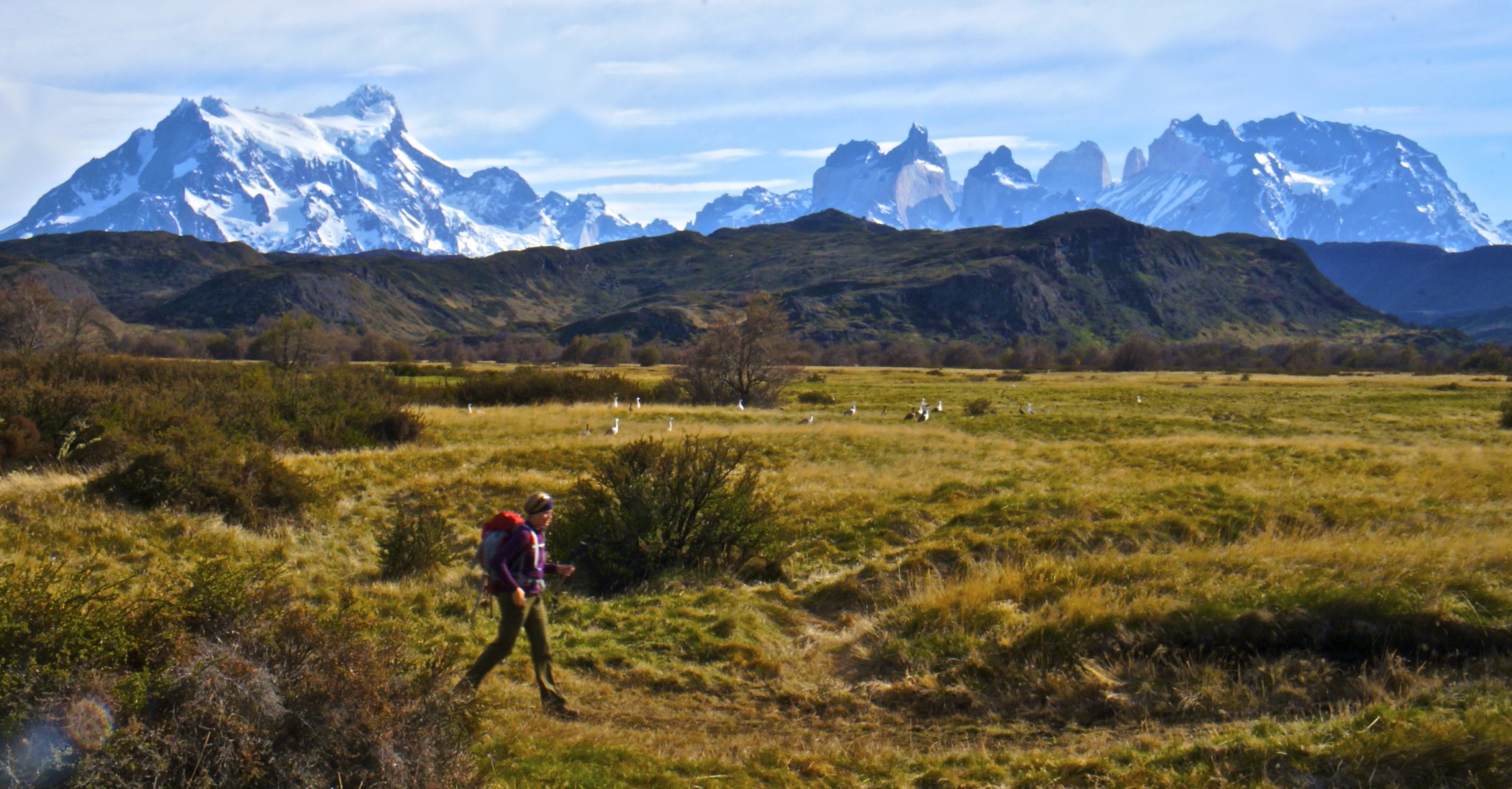
How would we describe the scenery in Patagonia not to mention the infamous Torres del Paine National Park? It’s nearly impossible to describe. Pure, indescribable beauty. When people say “pictures don’t do it justice”, believe it. It’s 100% true. We had dreamed of going to this magical place at the end of the world, and were not disappointed! Our main objective while in the Patagonia region of Chile was to complete the approximately 70km “W” trek in Torres del Paine National Park.
Our trip started with a flight from the US to Santiago, Chile, where we spent a few days exploring this vibrant city. We stayed with a wonderful woman named Maria at her small B&B, and spent most of our time walking around the city. We spent a day at Concha y Toro Winery, which was beautiful and a nice break from the busy metropolis. After our time in Santiago we flew to Punta Arenas where we booked a bus ride to Puerto Natales, the last stop before heading to the park. We spent one night in Puerto Natales which was just enough time to get our transportation to the park arranged, have a walk along the shore, and a hearty pre-trek meal. The next morning we departed by bus for Torres del Paine National Park.

When researching your route for the W Trek you may find different options in as well as differing opinions on what constitutes the “best” way to do it. East to West? West to East? Camp? Stay in the refugios? We will tell you how we did it and why. We visited the park in late September-the end of Winter in South America. It is definitely “low season” and there were a few options that were not available to us. Camp grounds were not yet open; and let’s get real staying in a tent at the end of winter was not appealing. We stayed in the relatively comfortable refugios, which proved to be quiet and not crowded during the shoulder season. We also did not have access to the ferry at Grey Glacier, which is the end of the trip for many people due to our pre-season trek. None of these things made a difference, we just planned a slightly different hiking schedule than what may otherwise be the norm.
The weather in Patagonia is unpredictable in all seasons. But winter? We were prepared for anything-the torrential rains, the gusting winds (so common that the trees lean!), snow, and often freezing temps. What we got instead: beautiful, clear, blue skies, no wind, and DRY! We started our mornings out in several layers which were ditched after an hour or so of hiking, then added back later in the day. I don’t know how we got so lucky, but that being said, it would have been amazing and so worth it even if we had encountered less desirable conditions.
Our first day in the park started out by registering at the entrance, then a short walk to our first refugio-Lodge Refugio Central. We chose to do the trek East to West. This allowed us to make the hike up the the base of the Torres while we were still fresh and energetic. The hike to see the towers is moderate to difficult, depending on fitness level.
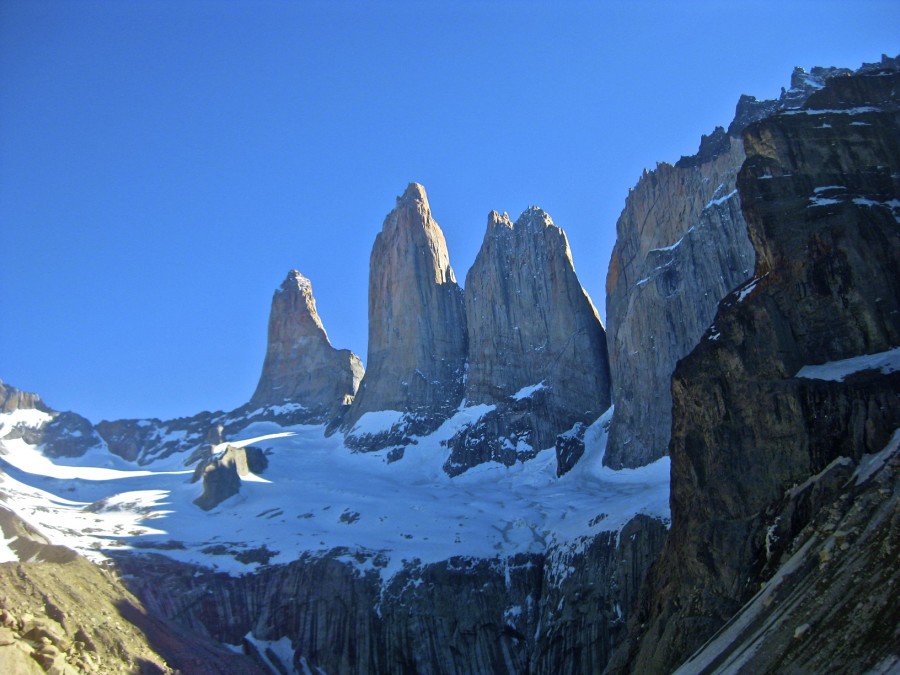
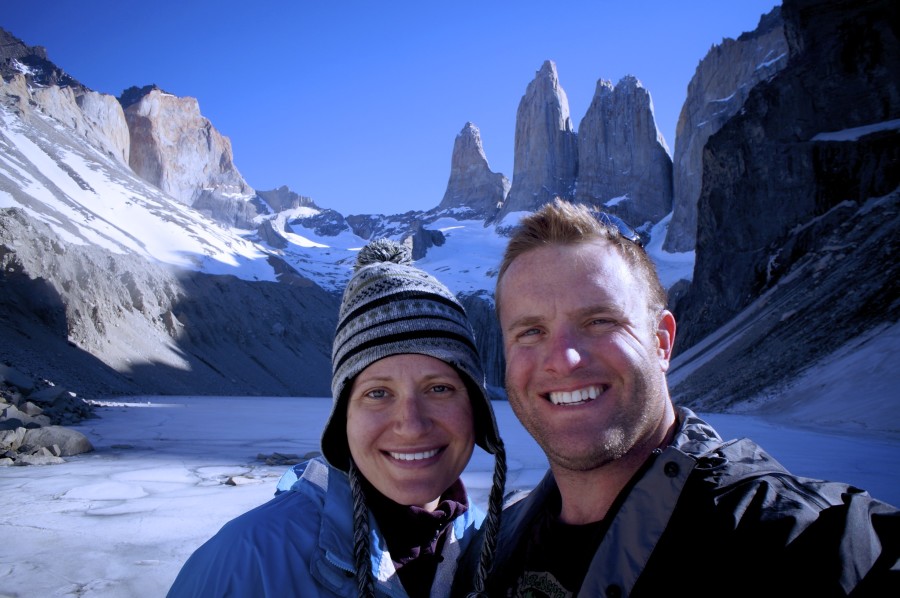
We continued our trek the following morning after a comfortable night at the refugio (and a nice warm shower!)
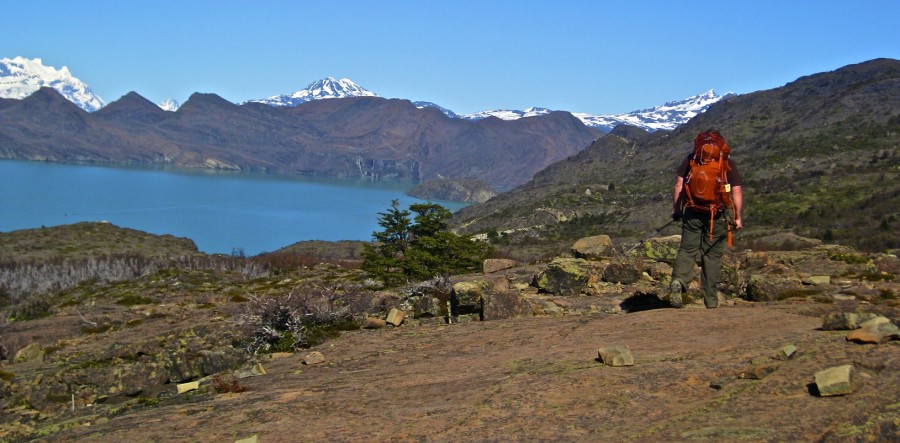
We chose to bring our own food on the trek. We bought a few items in Punta Arenas before the bus ride to Puerto Natales, but for the most part we ate dehydrated back packing meals, trail mix, and protein or granola bars. We brought our small camp stove which provided us with hot water for making our dehydrated meals, and more importantly…COFFEE! You can get meals provided from the refugios-make sure you book ahead.
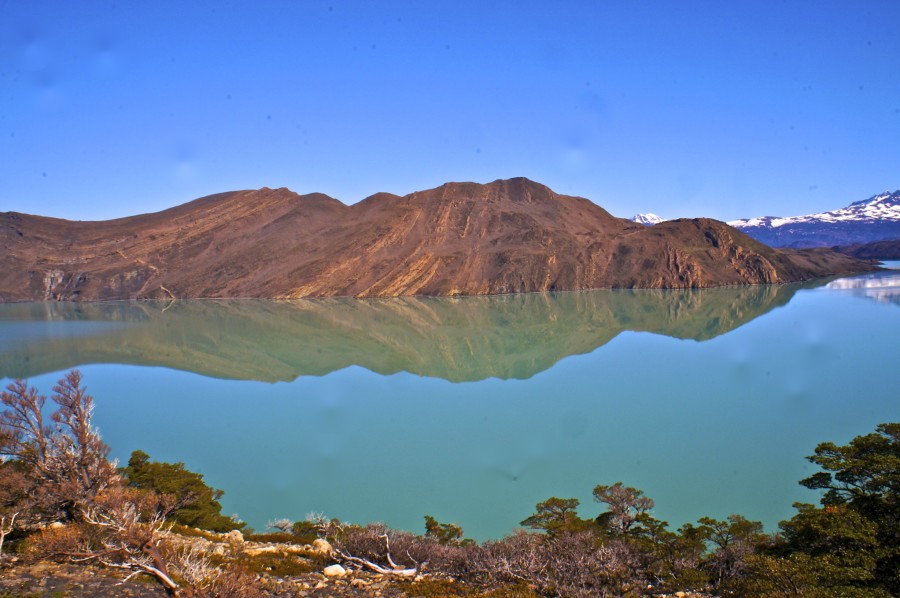
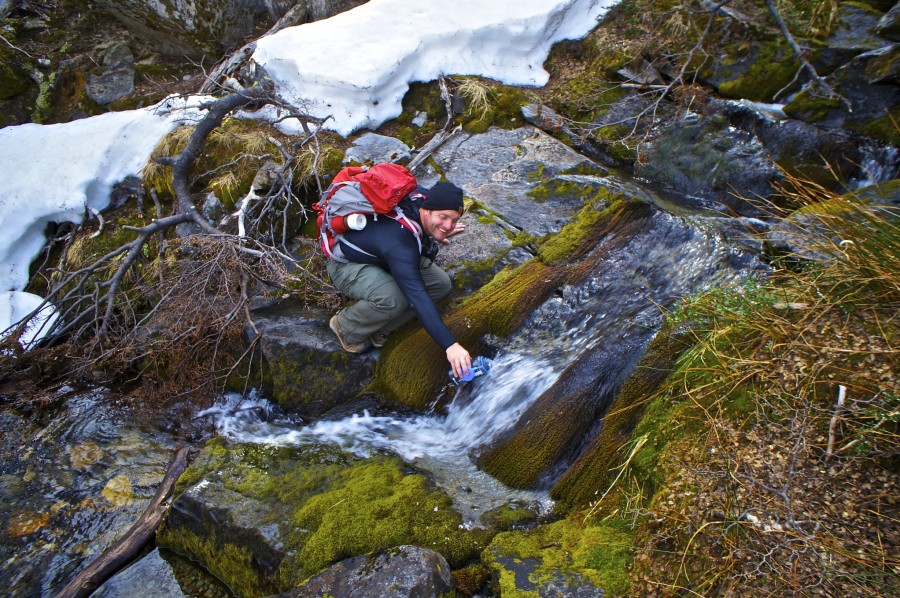
When trekking in the park, you don’t need to bring water. The water from the mountains is clean, and 100% drinkable. Just fill up your empty bottles or Camelback, and you’re good to go. And it is the best water we had ever tasted!
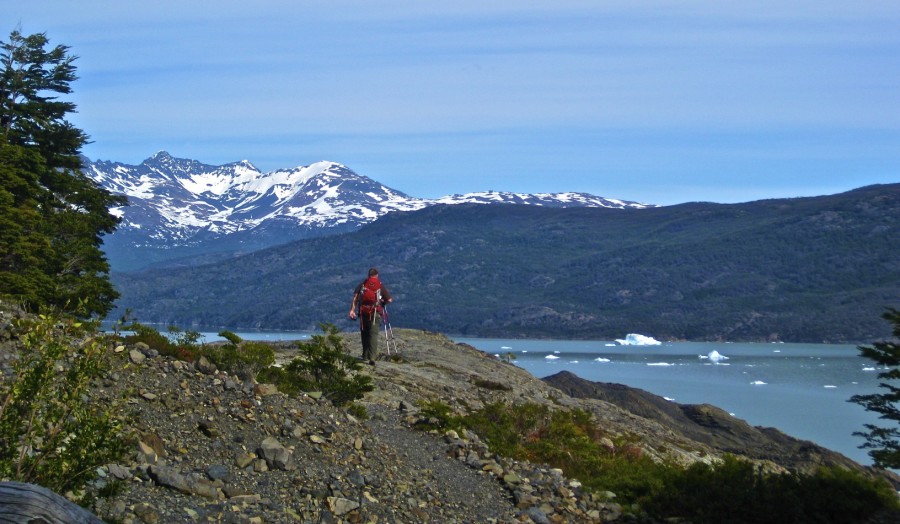
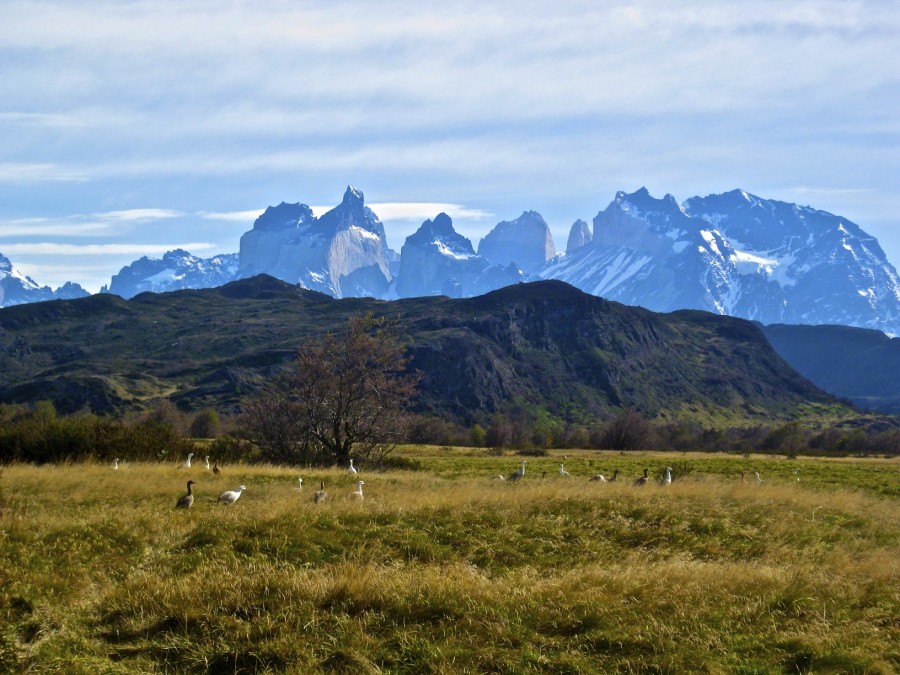
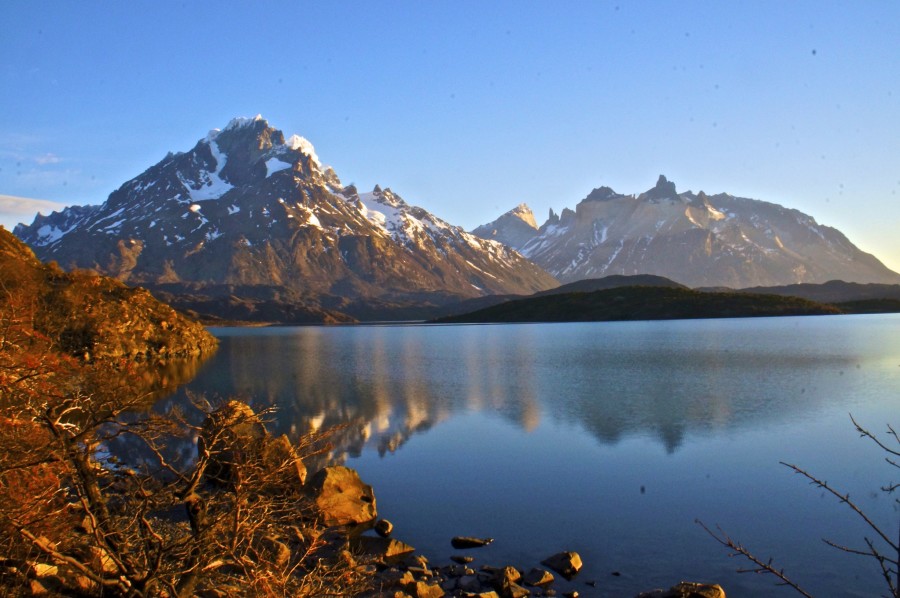
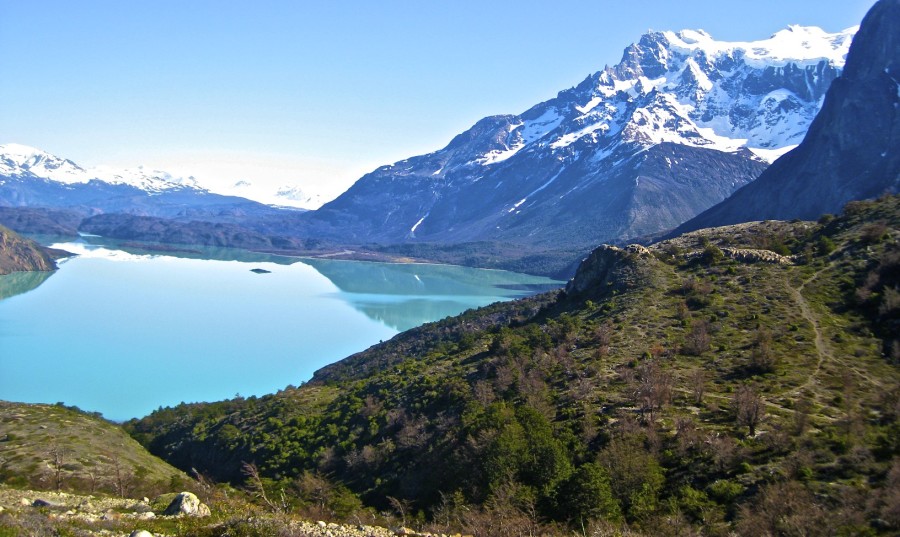

A glass of wine at the refugio. And that view!
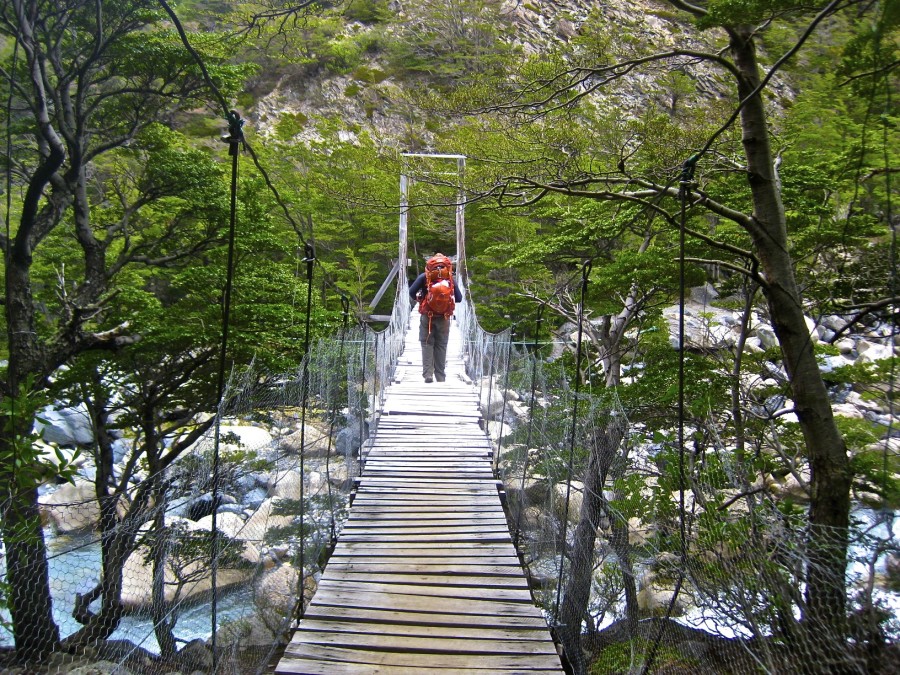

Taking a break in the French Valley.

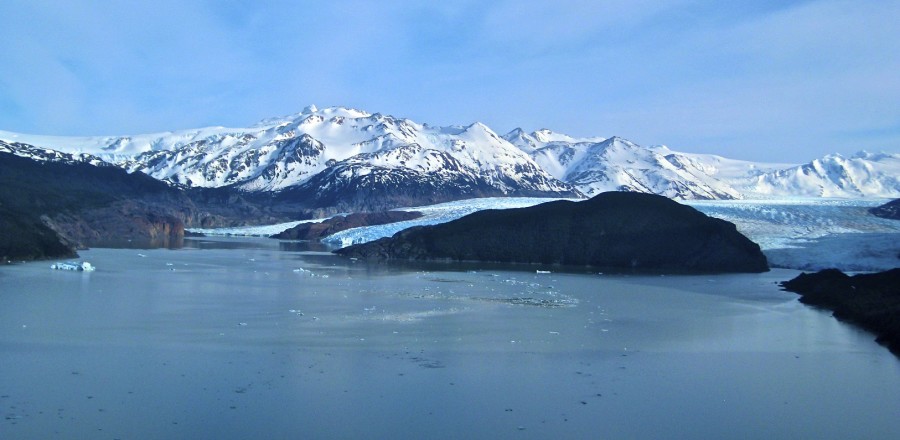
Glacier Grey
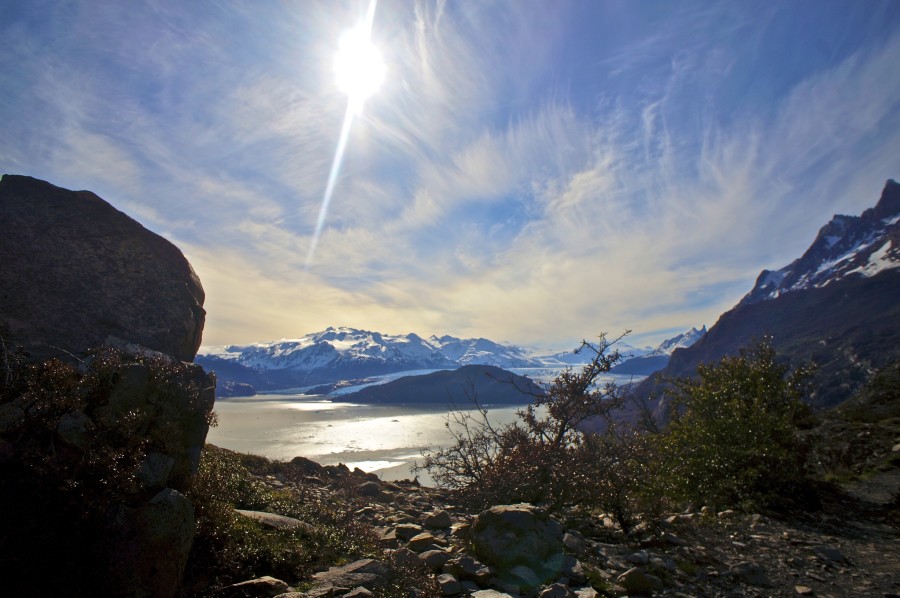
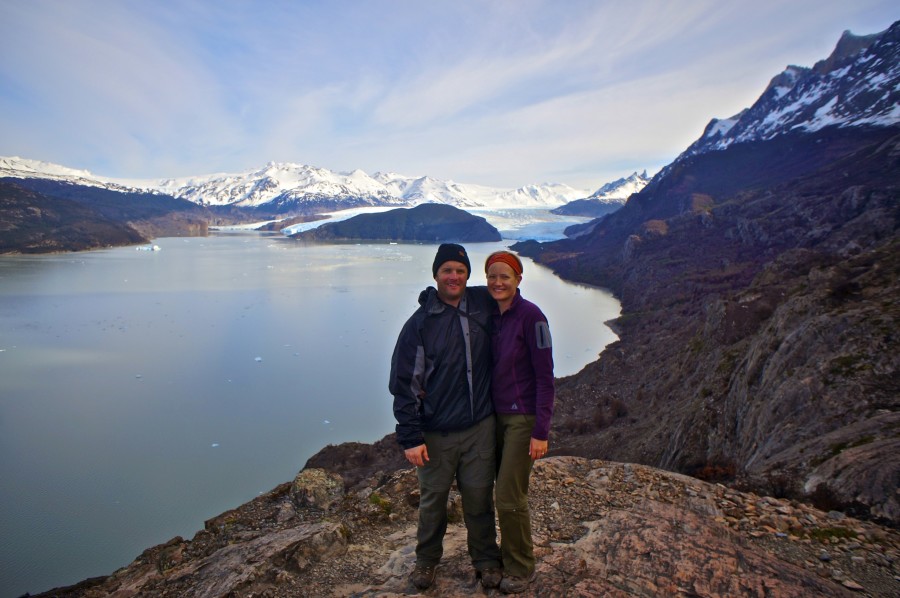
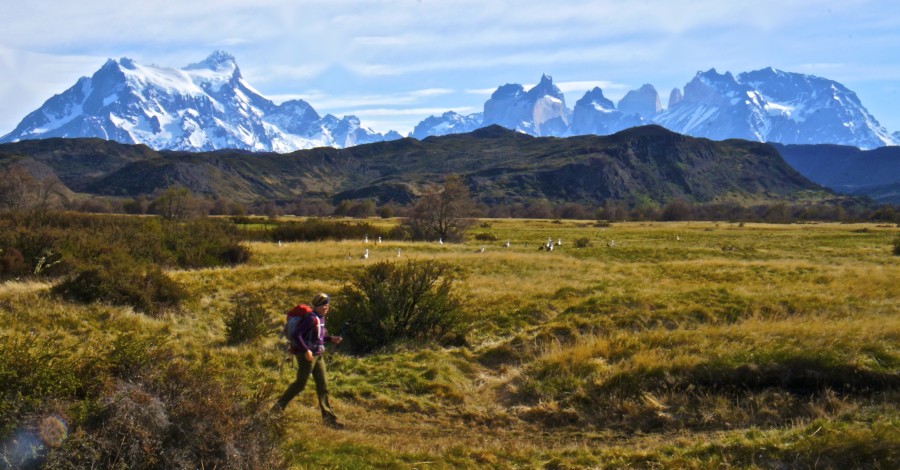
Finishing up our trek and headed to the park entrance to catch a bus back to Puerto Natales, where we stayed at a backpacker’s hostel for the night before heading back to Punta Arenas.
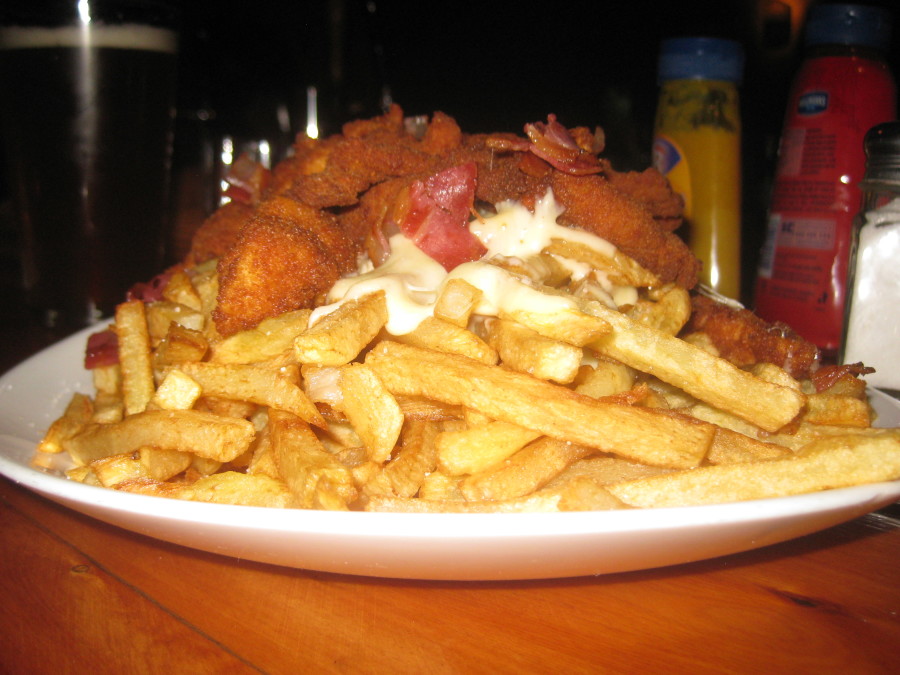
Although we never felt deprived while we were hiking, we were suddenly starving when we finished. The thought of “real food” entered our minds and so…..Papas Fritas and beer! It seemed like we deserved it after five days and 70km.
Our trip wrapped up with a bus ride back to Punta Arenas where we stayed overnight before our early morning flight back to Santiago, then a flight home later in the day.
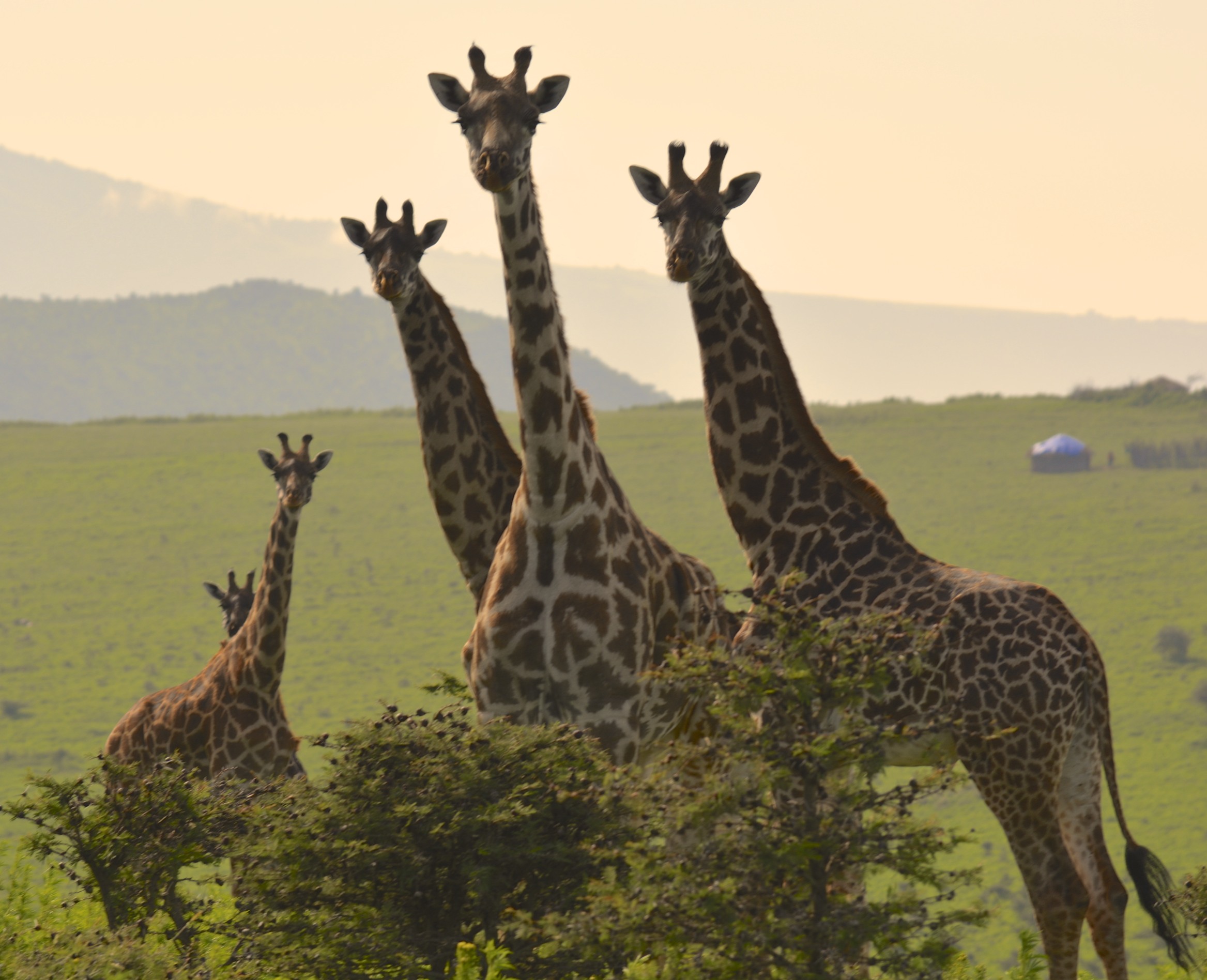
We try not to use the phrase “trip of a lifetime”. It sounds too final as we plan to travel to as many places as we can, for as long as we can, hopefully for our “lifetime”. But if there is a trip that is close to our top experience thus far, it is Tanzania. For two pretty adventurous, active, and animal loving travelers it was heaven. Our trip included a hike to the summit of Mt. Kilimanjaro, Africa’s highest peak and the tallest free-standing mountain in the world, followed by a guided safari on the Serengeti. Although usually averse to guided tours, there is one way to do this trip: with a guide service. It is required for hiking Mt. Kilimanjaro, and let’s face it, trying to navigate your own way through the Serengeti isn’t something for a novice especially if you don’t want to miss out on the beauty of the scenery and wildlife. We used Destination Tanzania Safaris, and at the end of this post we share how and why we chose the guide service that we did.
After more than 24 hours of travel, we were greeted at Kilimanjaro International Airport by the owner and members of the guide service. Our trip started out with two nights at Ilboru Safari Lodge in the city of Arusha. On the day before we started our hike, our climbing guides met with us at the hotel to check out our gear, and to answer any questions that we had. The next day we set out on our six night, seven day hike!
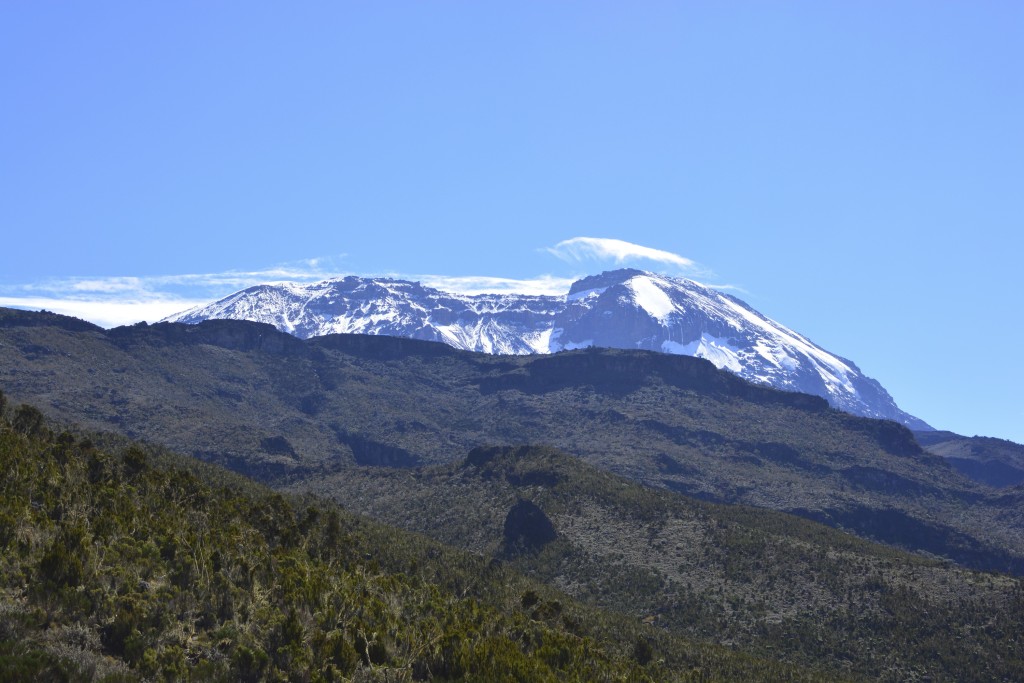 The mountain from a distance. Doesn’t look too difficult, right? The truth is that anyone who is in reasonably good shape can summit Kilimanjaro. There is no technical experience required. The altitude can pose problems for some people, but honestly, you won’t know until you try. It is important to discuss the best route with your chosen guide. We chose the six night, seven day Machame route for a couple of reasons: it is the most scenic, and it gives appropriate time to acclimatize. This is important for everyone, but especially for us given that we live at around 1100 feet above sea level (summit is 19,341)! Some people that we became acquainted with took medication to help prevent problems. It’s called Diamox (acetazolomide), and several people said it was useful and had no side effects other than having to urinate more (it’s a diuretic). That one side effect is the reason that we both chose to go without. We did have it with us in case we got into trouble, but the thought of having to pee more on a seven day hike, in cold temperatures, was not appealing.
The mountain from a distance. Doesn’t look too difficult, right? The truth is that anyone who is in reasonably good shape can summit Kilimanjaro. There is no technical experience required. The altitude can pose problems for some people, but honestly, you won’t know until you try. It is important to discuss the best route with your chosen guide. We chose the six night, seven day Machame route for a couple of reasons: it is the most scenic, and it gives appropriate time to acclimatize. This is important for everyone, but especially for us given that we live at around 1100 feet above sea level (summit is 19,341)! Some people that we became acquainted with took medication to help prevent problems. It’s called Diamox (acetazolomide), and several people said it was useful and had no side effects other than having to urinate more (it’s a diuretic). That one side effect is the reason that we both chose to go without. We did have it with us in case we got into trouble, but the thought of having to pee more on a seven day hike, in cold temperatures, was not appealing.
 Starting out on our 6 day hiking adventure with a lesson on some of the plant life in the rain forest. The first day was a hot, sticky one. You will see the “changing of the seasons” as this post goes on…
Starting out on our 6 day hiking adventure with a lesson on some of the plant life in the rain forest. The first day was a hot, sticky one. You will see the “changing of the seasons” as this post goes on…
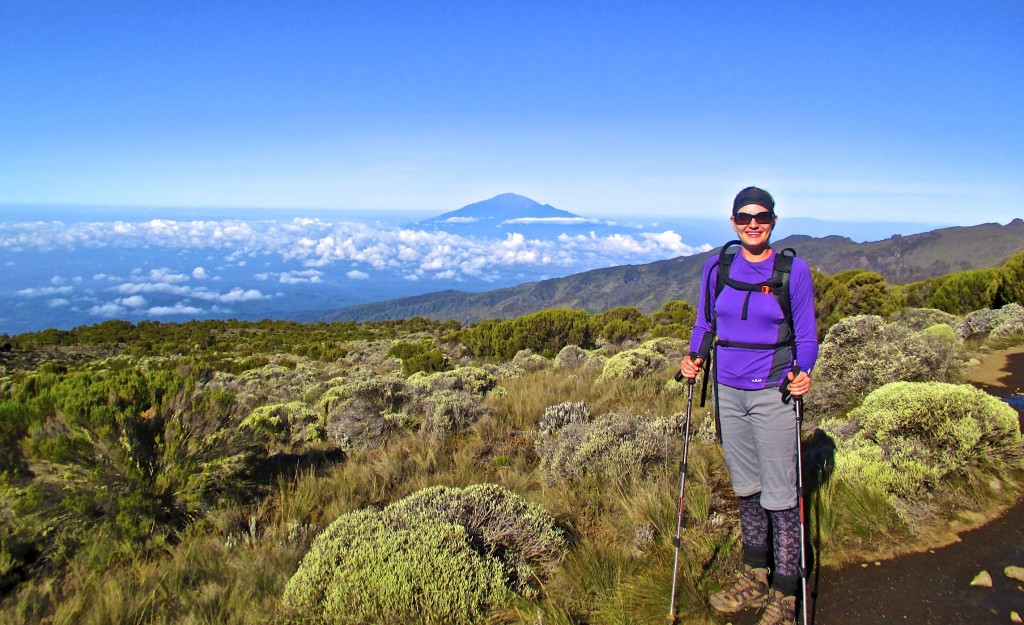 Mount Meru in the distance (14,977 feet). The topography is starting to change on the way up Kilimanjaro.
Mount Meru in the distance (14,977 feet). The topography is starting to change on the way up Kilimanjaro.
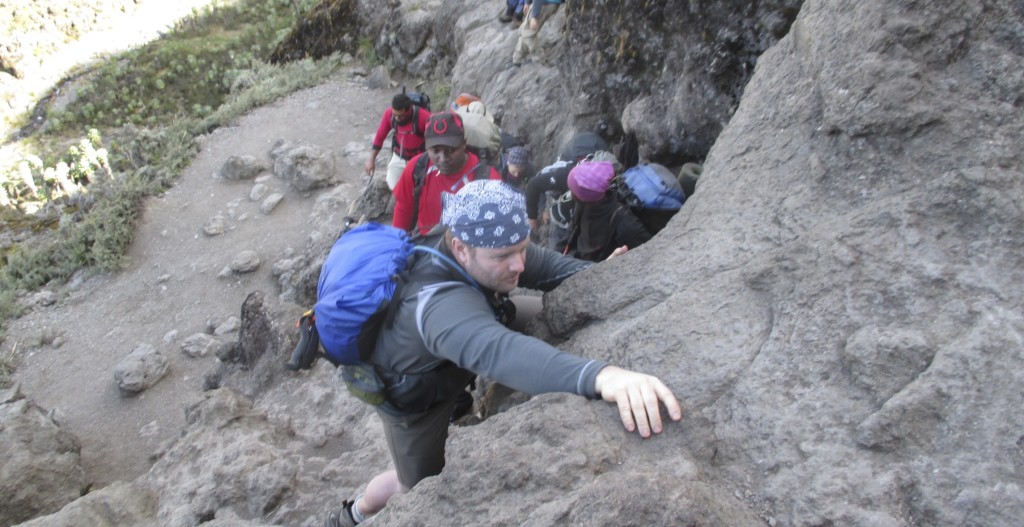 Wade climbing up Great Barranco Wall, also known as “Breakfast Wall” as it is the first thing you do on this climbing day. This was the only area of the entire trek that required “scrambling”.
Wade climbing up Great Barranco Wall, also known as “Breakfast Wall” as it is the first thing you do on this climbing day. This was the only area of the entire trek that required “scrambling”.
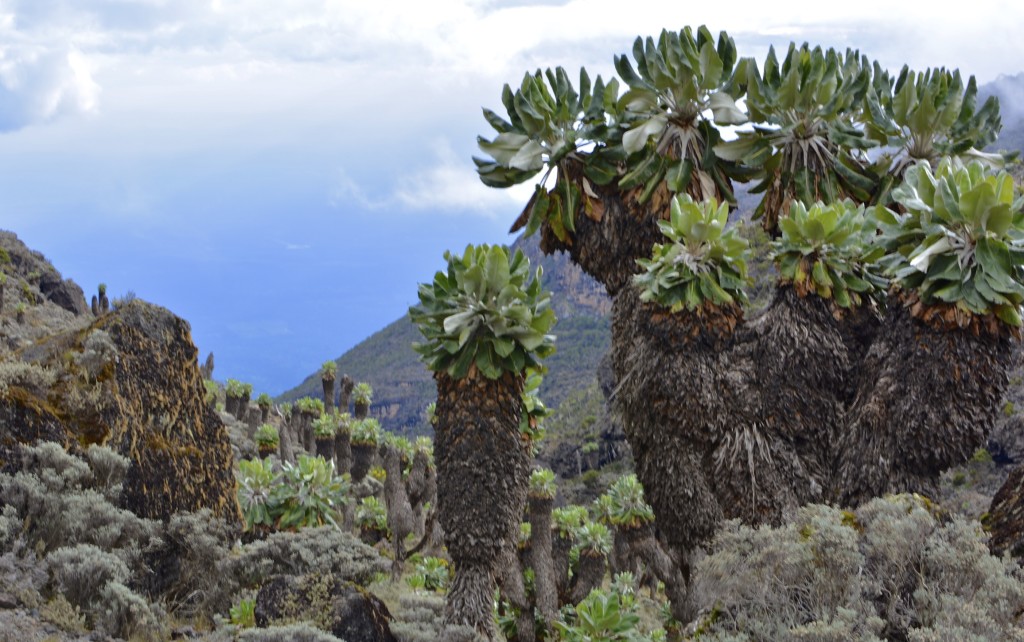 Senecio plants, or giant groundsels, are native to high altitude zones of East Africa. We walked through a forest of these beauties.
Senecio plants, or giant groundsels, are native to high altitude zones of East Africa. We walked through a forest of these beauties.
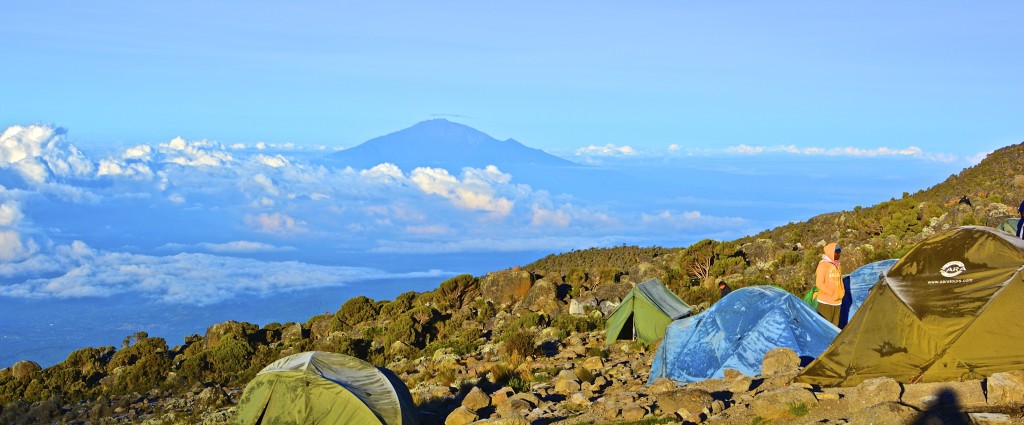 One of our campsites, with Mount Meru in the background. The air is getting thin, and the landscape more desolate.
One of our campsites, with Mount Meru in the background. The air is getting thin, and the landscape more desolate.
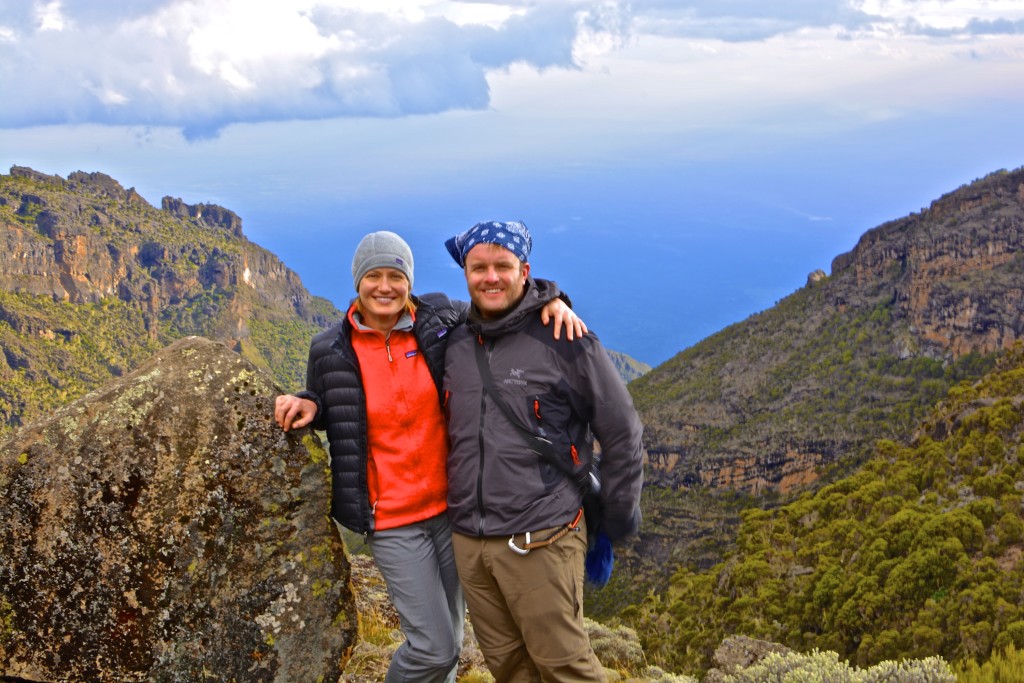 Taking time for a photo at the most beautiful campsite in the world! Tricia is smiling again after suffering from her first taste of altitude sickness-a headache after climbing to approximately 15,000 feet. It subsided pretty quickly after descending to our campsite at around 13,000 feet.
Taking time for a photo at the most beautiful campsite in the world! Tricia is smiling again after suffering from her first taste of altitude sickness-a headache after climbing to approximately 15,000 feet. It subsided pretty quickly after descending to our campsite at around 13,000 feet.
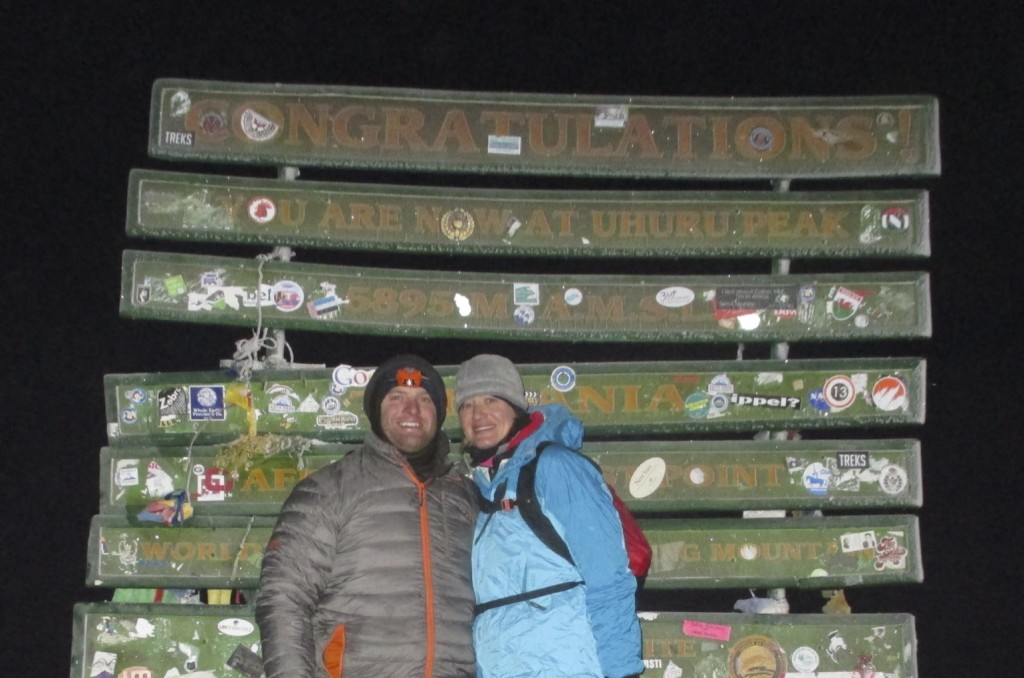 We made it!
We made it!
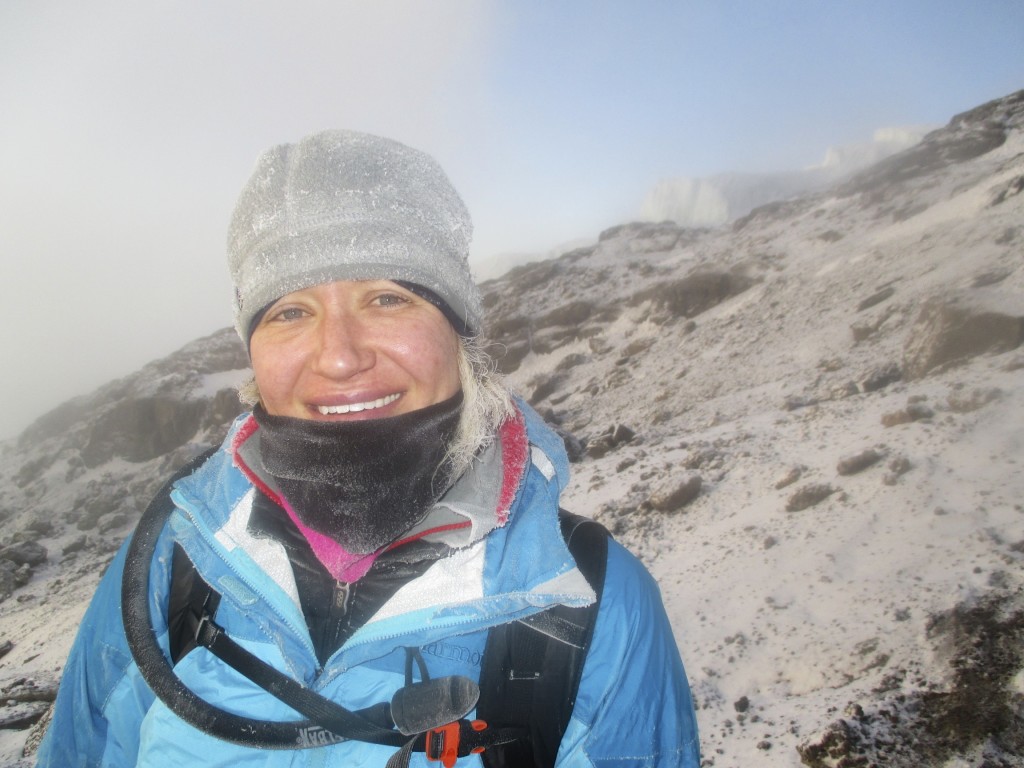 The weather up here is just a little bit different than on day one!
The weather up here is just a little bit different than on day one!
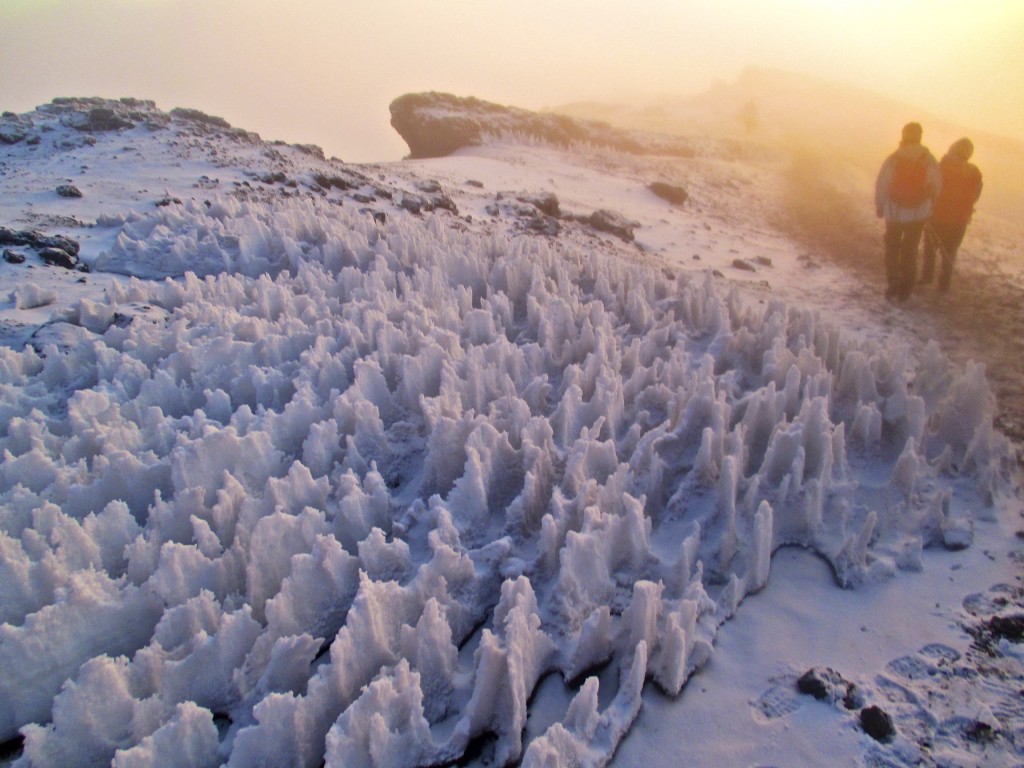 Dry glacier at the summit.
Dry glacier at the summit. We left our campsite (around 15,000 feet) at midnight, and set out to reach the summit (19,341) at sunrise. Mission accomplished!
We left our campsite (around 15,000 feet) at midnight, and set out to reach the summit (19,341) at sunrise. Mission accomplished!
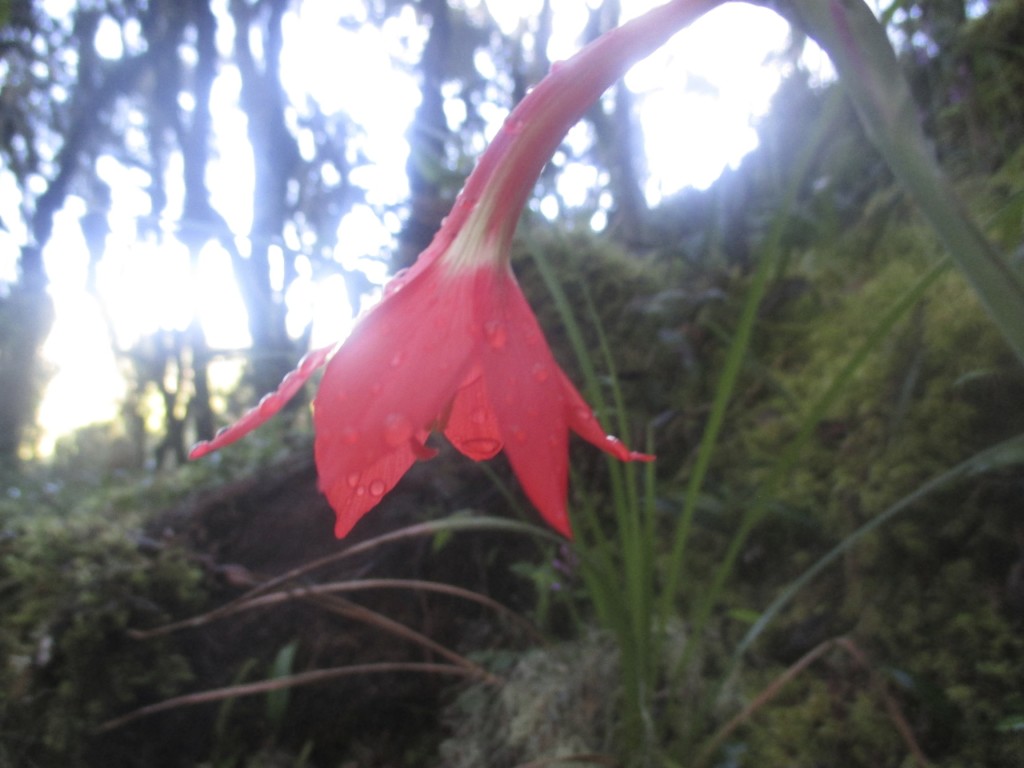 The flora in the rain forest (this is on our descent) was spectacular.
The flora in the rain forest (this is on our descent) was spectacular.
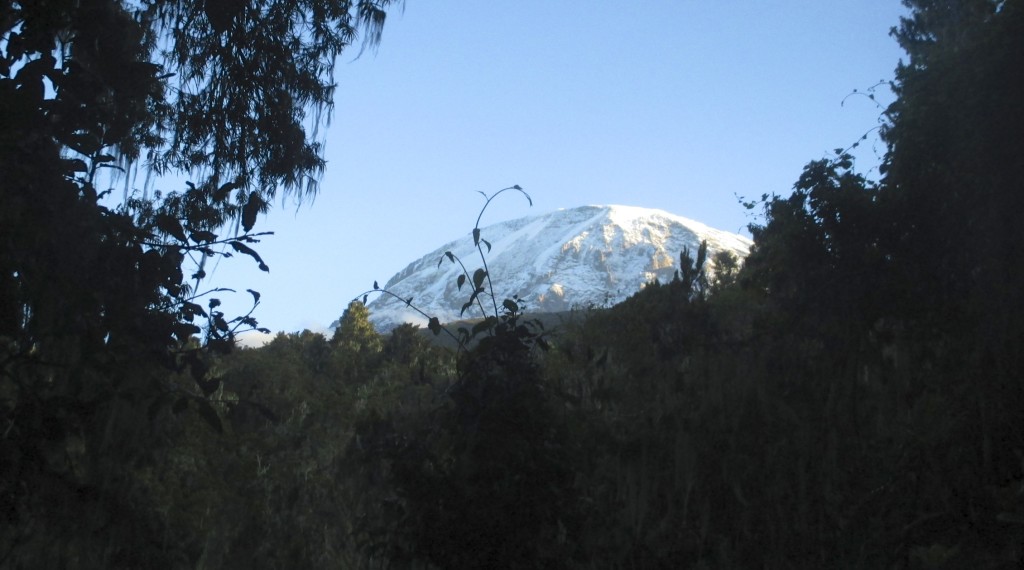
A view of the mountain on our descent back into the steamy rain forest. It was hard to believe we were up that high less than 24 hours before!
It is safe to say that we have never, ever been so eager to have a shower after seven days of hiking! We traveled back to the Ilboru Safari Lodge for an overnight stay before beginning our five day Safari in the Ngorongoro Crater and Serengeti National Park.
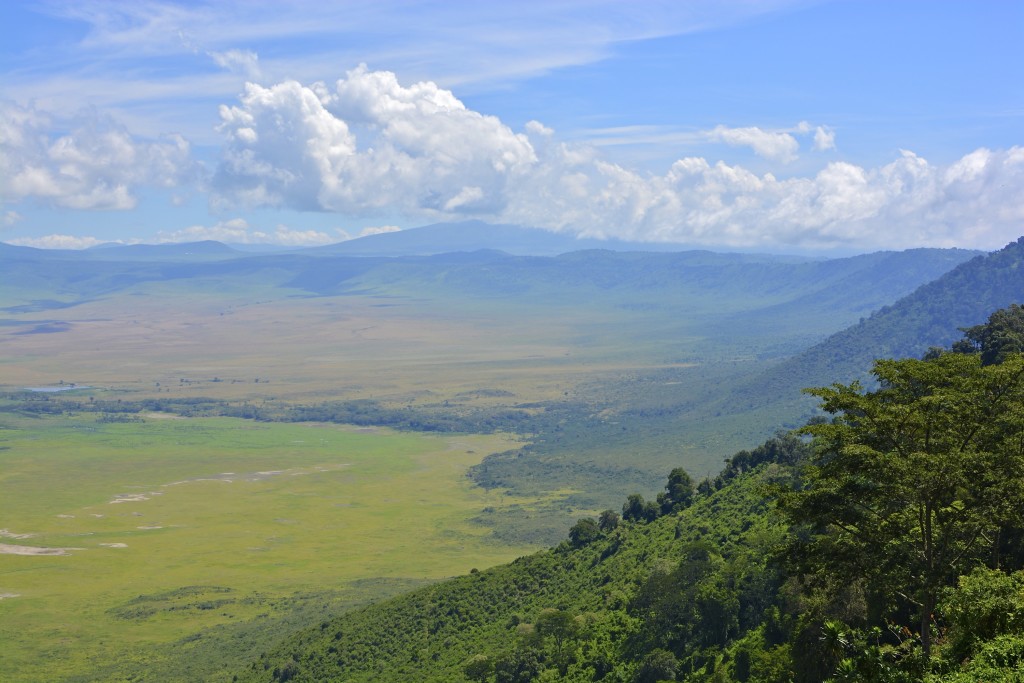 Ngorongoro Crater Conservation Area-the world’s largest volcanic crater (8,292 sq km)-home of approximately 25,000 large animals.
Ngorongoro Crater Conservation Area-the world’s largest volcanic crater (8,292 sq km)-home of approximately 25,000 large animals.
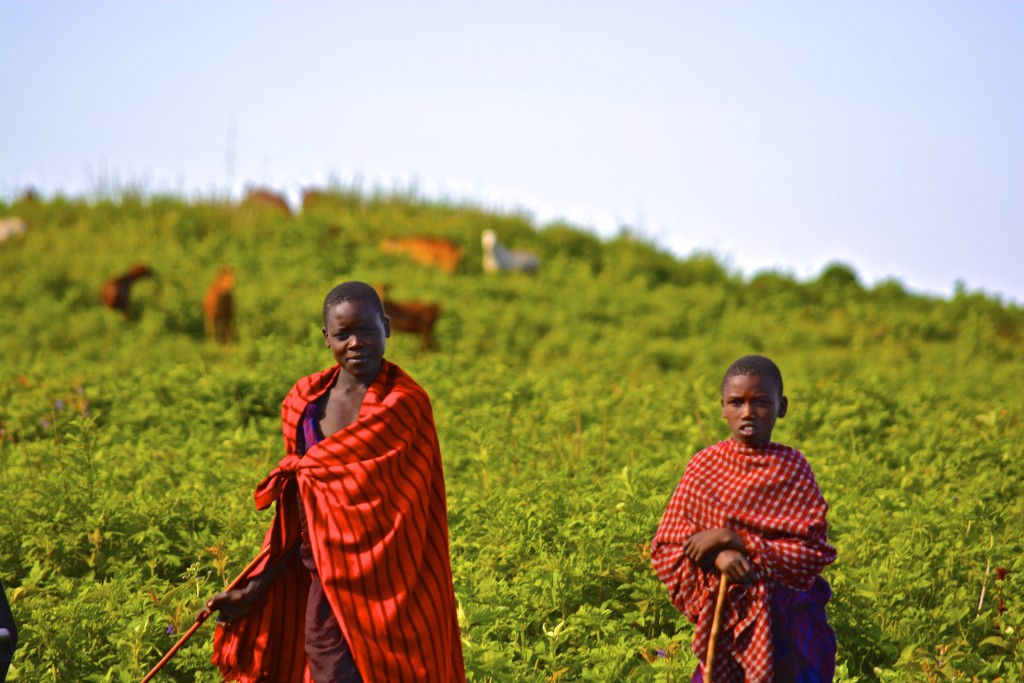 The Maasai people are native to this area. These children were out tending to their livestock. Our guide, Ayubu, told us that the Maasai determine one’s wealth based on the number of cows that they own. The children that we encountered loved waving to us and having their picture taken.
The Maasai people are native to this area. These children were out tending to their livestock. Our guide, Ayubu, told us that the Maasai determine one’s wealth based on the number of cows that they own. The children that we encountered loved waving to us and having their picture taken.
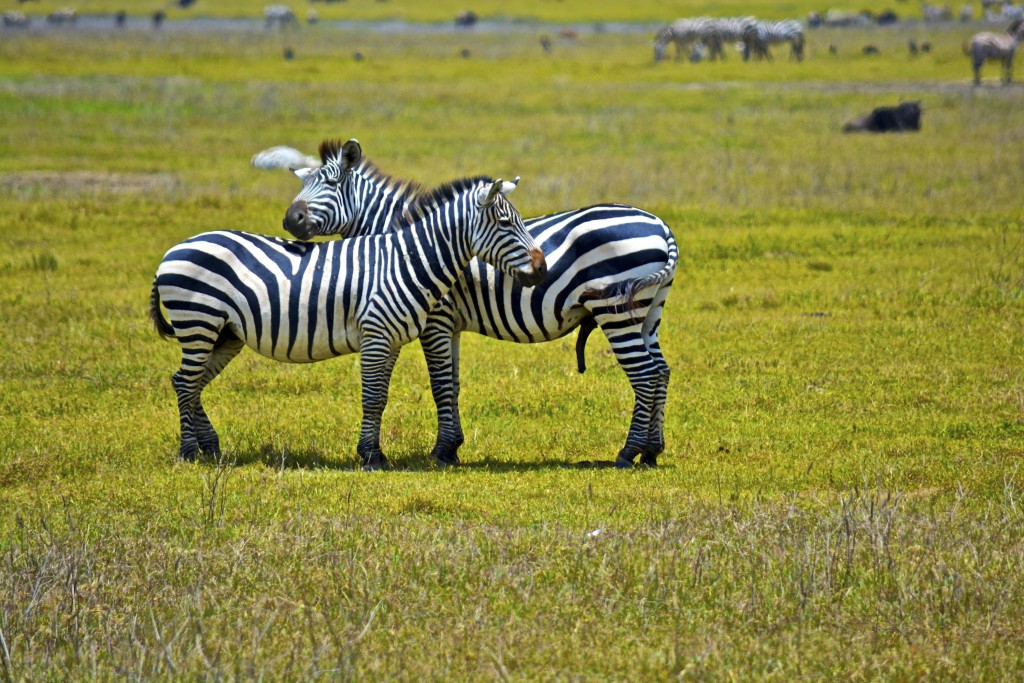 Zebras in the Ngorongoro Crater.
Zebras in the Ngorongoro Crater.
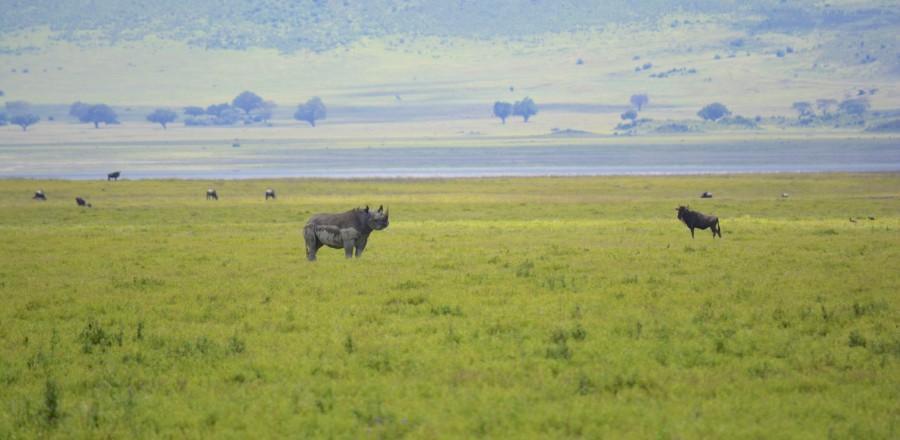 One of only a few black rhinos that we were lucky enough to see. As of this trip, we were told that there are only approximately 2,500 left in the world, down from around 60,000 in the 1970’s.
One of only a few black rhinos that we were lucky enough to see. As of this trip, we were told that there are only approximately 2,500 left in the world, down from around 60,000 in the 1970’s.
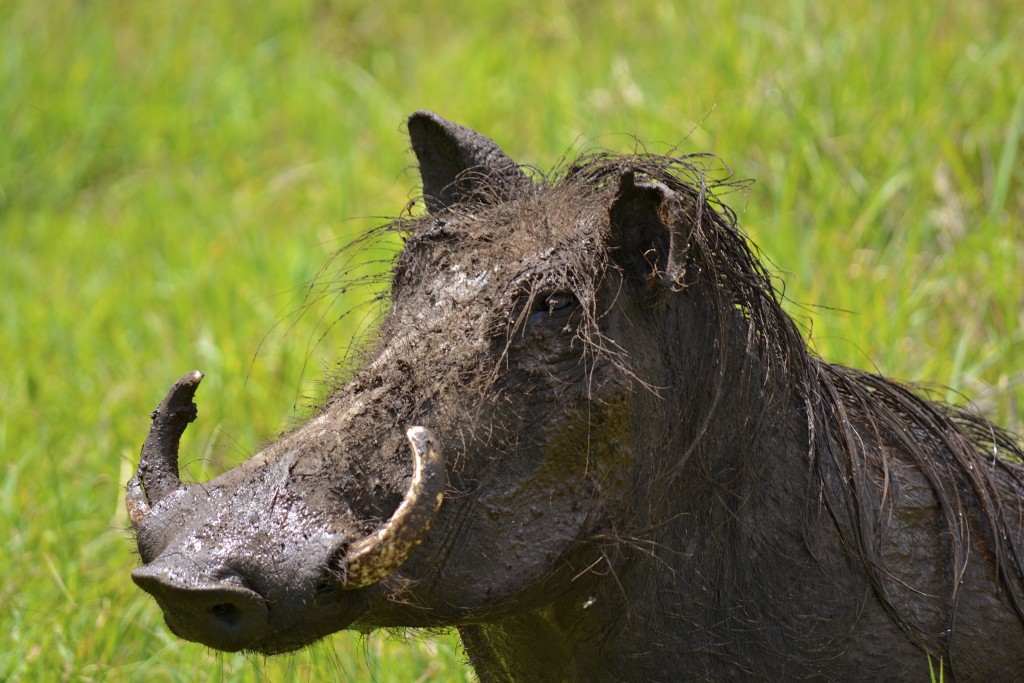 Warthog-so ugly that he’s cute! We had a great laugh watching this guy scratch every inch of himself on a large rock.
Warthog-so ugly that he’s cute! We had a great laugh watching this guy scratch every inch of himself on a large rock.
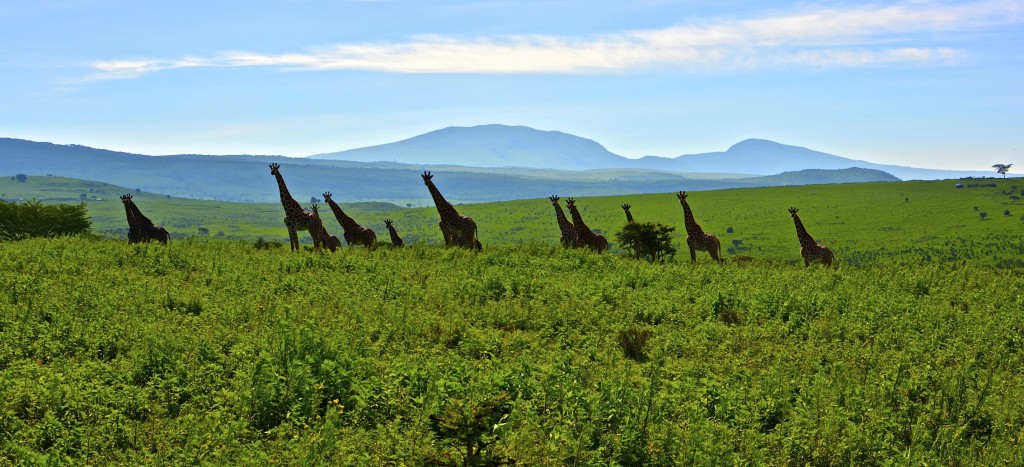 An incredible sight to see on our drive from the Ngorongoro Crater to Serengeti National Park.
An incredible sight to see on our drive from the Ngorongoro Crater to Serengeti National Park.
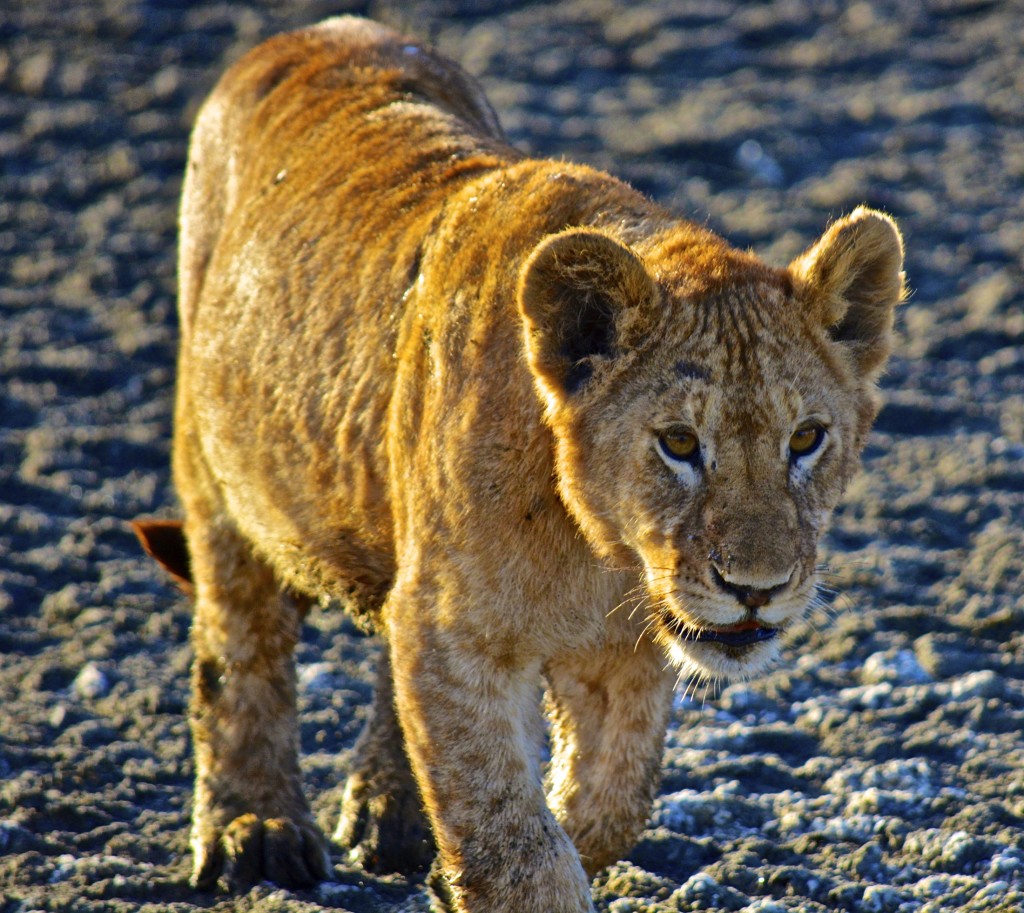 Lion cub on the prowl.
Lion cub on the prowl.
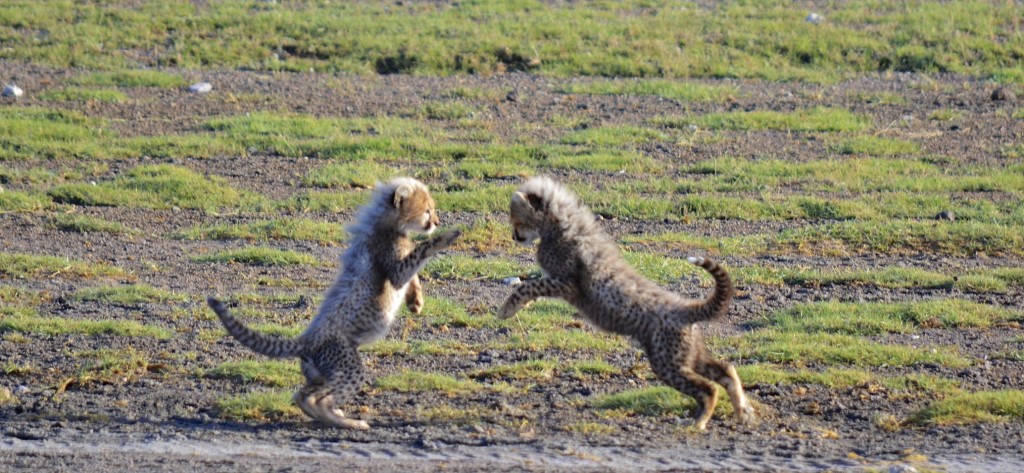 This is how we started one day-watching these cheetah cubs having a play session. When they finally tired out, they went with their mama into the grass and nursed before having a nap.
This is how we started one day-watching these cheetah cubs having a play session. When they finally tired out, they went with their mama into the grass and nursed before having a nap.
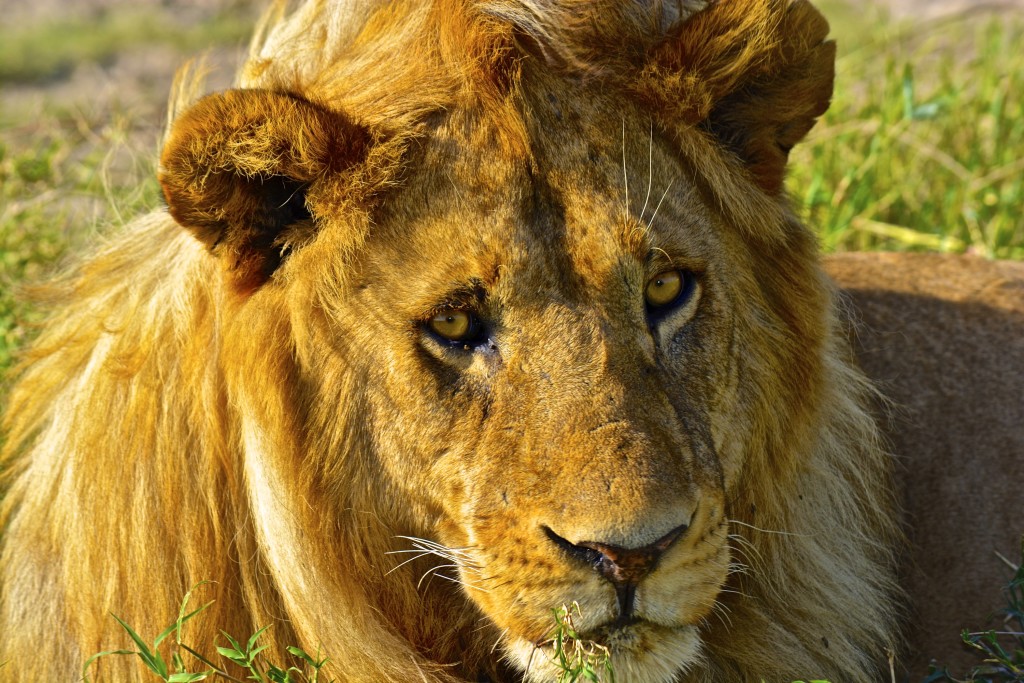
What everyone thinks is the “King of the Jungle”
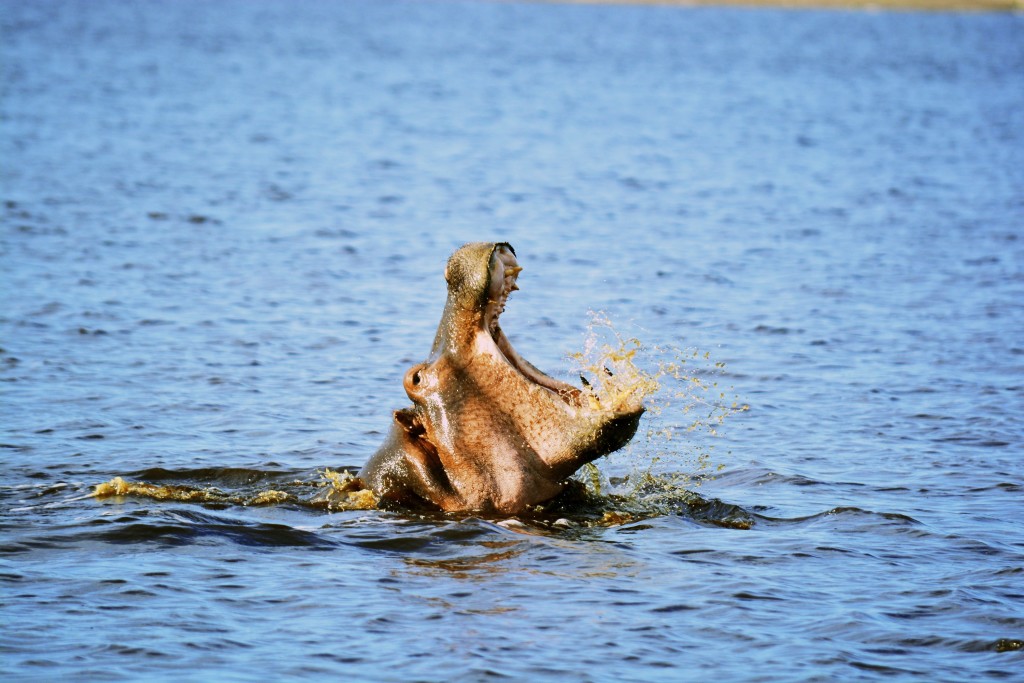 The real “King of the Jungle.” Hippos are responsible for the most human deaths in Africa, and can run over 20 miles per hour. Who knew?
The real “King of the Jungle.” Hippos are responsible for the most human deaths in Africa, and can run over 20 miles per hour. Who knew?
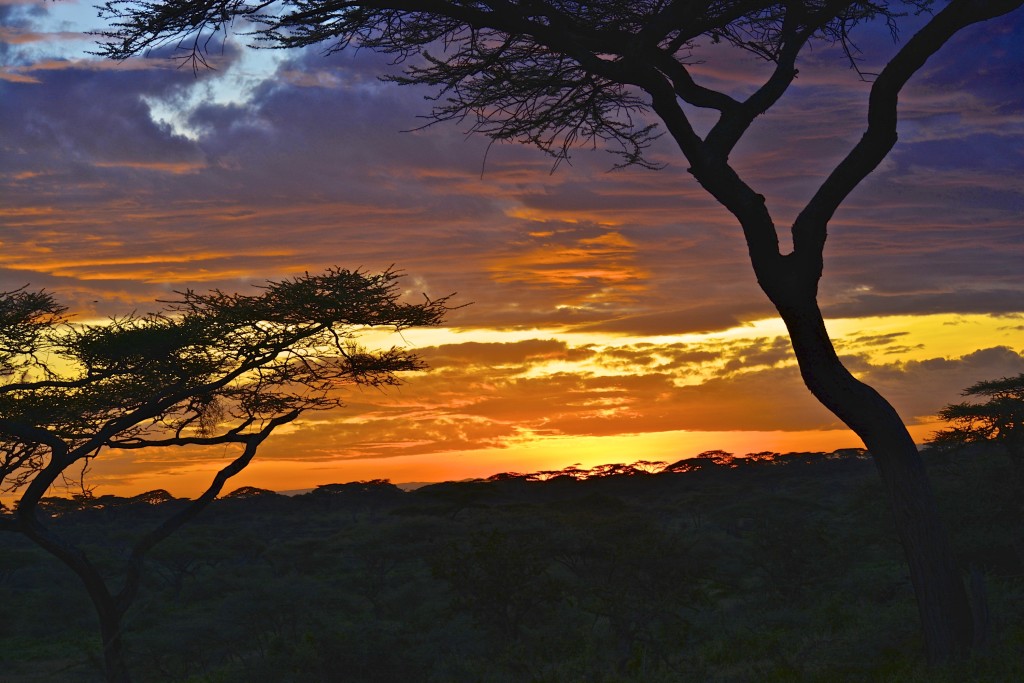 Sunrise over the Serengeti.
Sunrise over the Serengeti.
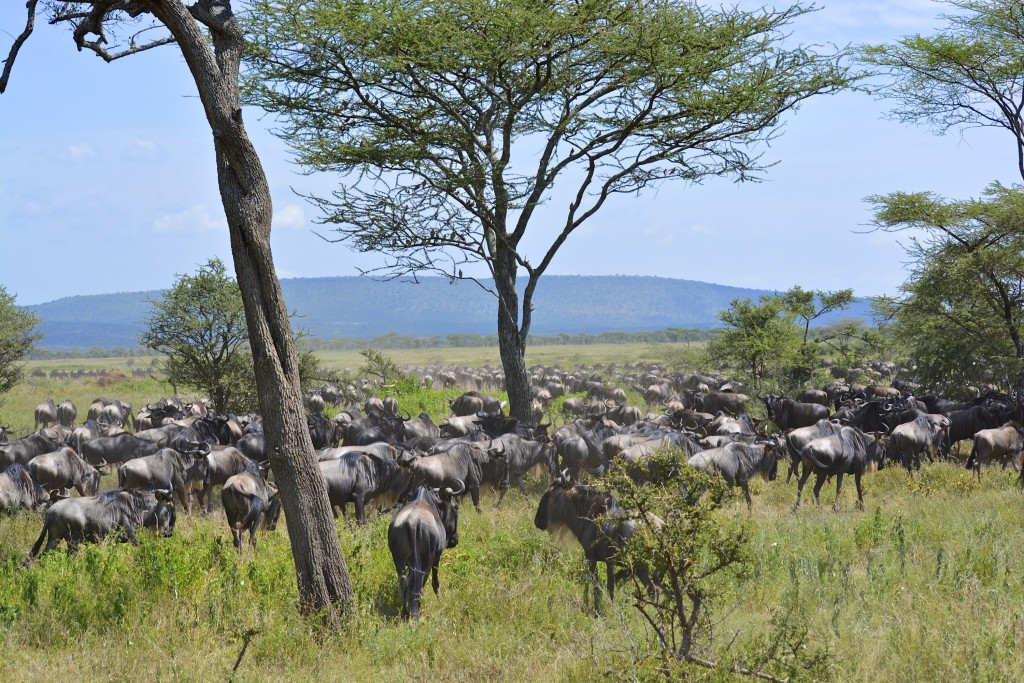 The great wildebeest migration-nearly 2 million wildebeest, and large numbers of zebras and gazelles migrate annually from the Serengeti to the Maasai Mara National Reserve in Kenya.
The great wildebeest migration-nearly 2 million wildebeest, and large numbers of zebras and gazelles migrate annually from the Serengeti to the Maasai Mara National Reserve in Kenya.
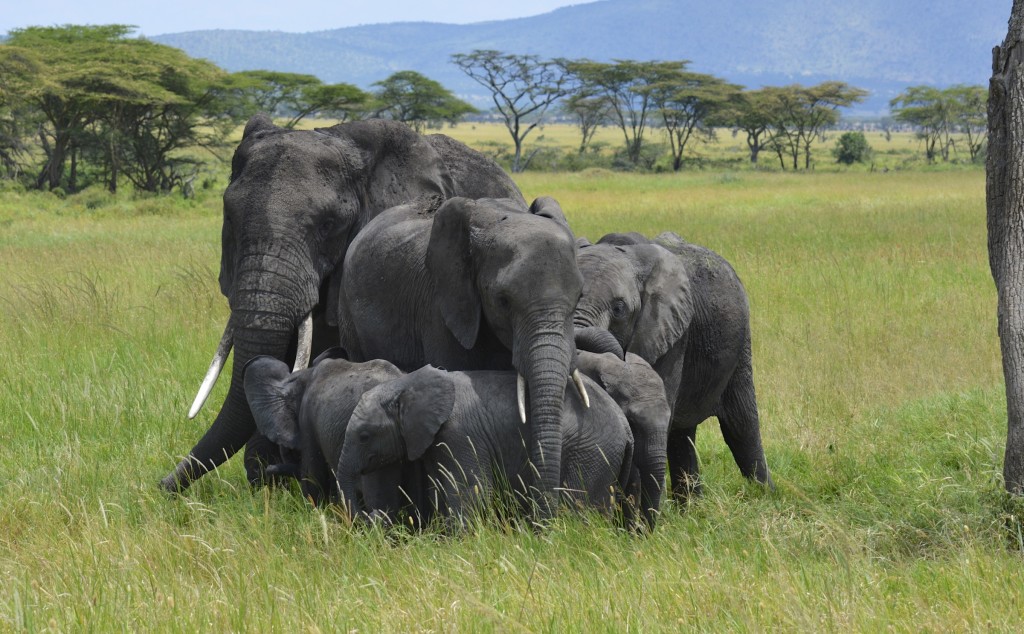
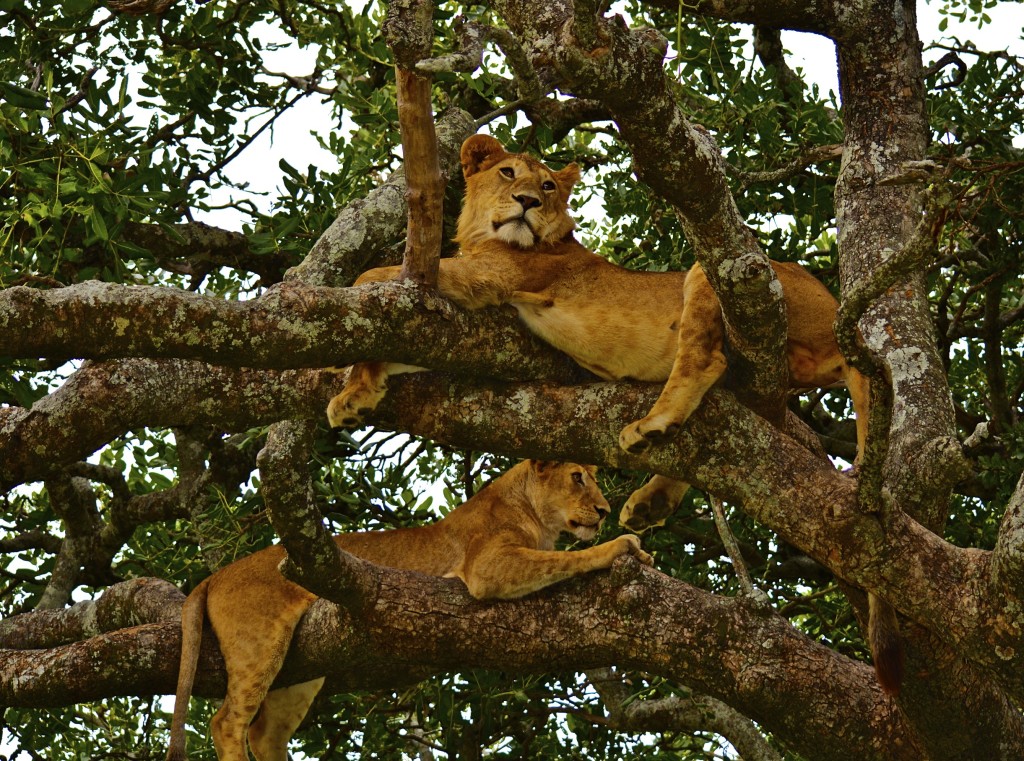
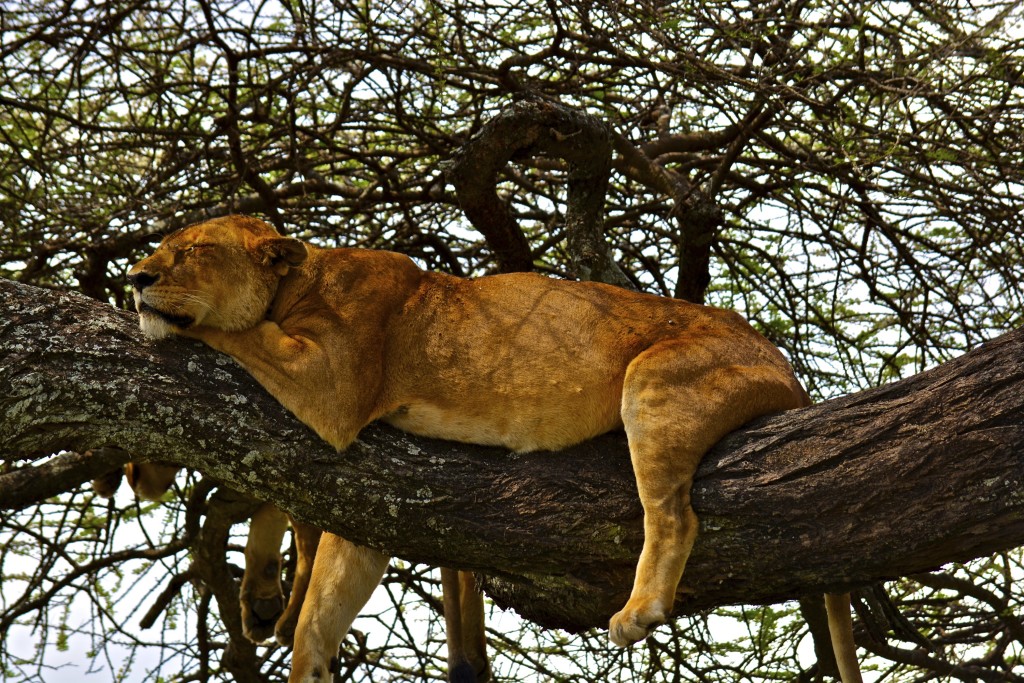 We came upon these lions sleeping in a tree. Their nap was disturbed, not by us, but by a herd of zebras that were traveling by. Suddenly they were thinking, “lunch time”!
We came upon these lions sleeping in a tree. Their nap was disturbed, not by us, but by a herd of zebras that were traveling by. Suddenly they were thinking, “lunch time”!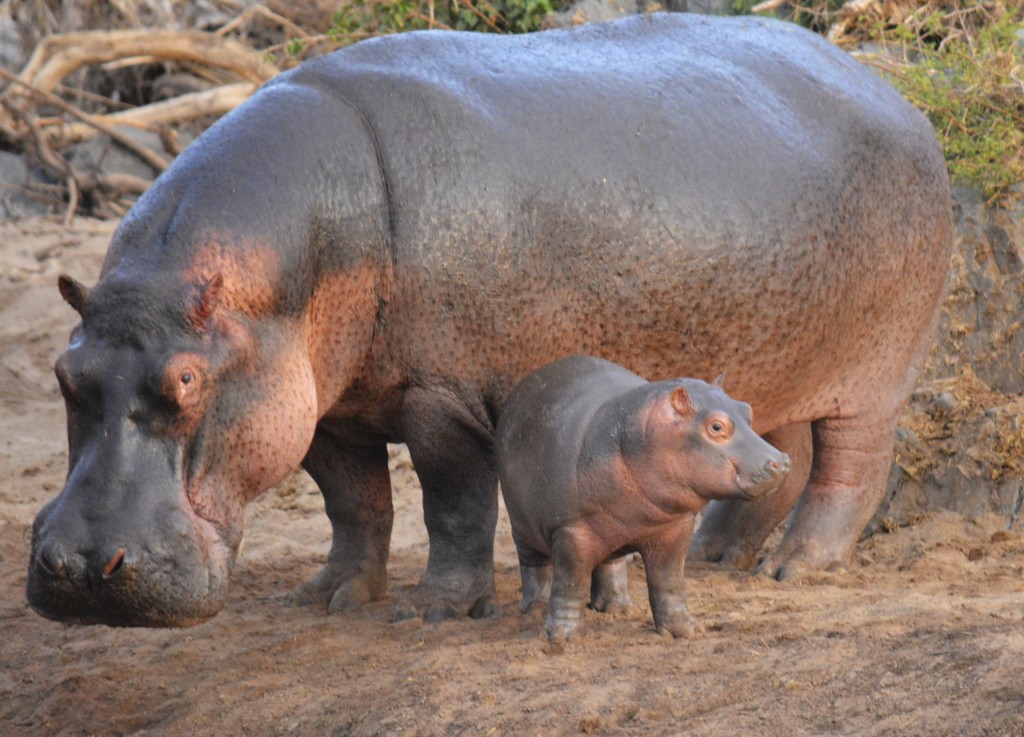 How could something so small and cute be dangerous? We got up early on our last day of the safari to check out the “Hippo Pool”. It was an amazing, and amazingly smelly pond that serves as the home for more hippos than we could count.
How could something so small and cute be dangerous? We got up early on our last day of the safari to check out the “Hippo Pool”. It was an amazing, and amazingly smelly pond that serves as the home for more hippos than we could count.
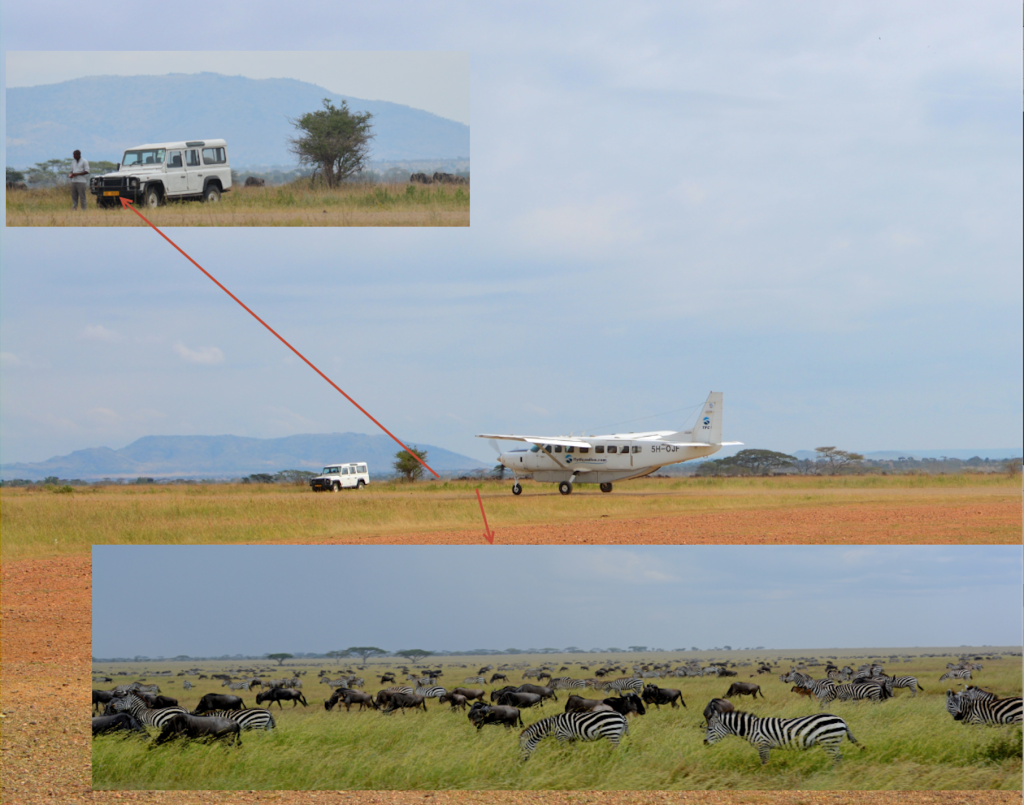 Our safari trip began as a drive from the city of Arusha to the Ngorongoro, then through the Serengeti. We flew back to Arusha from Serengeti International Airport, which consists of a small building and a dirt airstrip. The above is an illustration of the “safety measures” at the airport. The man with the white truck is there to run off any of the great migration that might make it’s way onto the airstrip!
Our safari trip began as a drive from the city of Arusha to the Ngorongoro, then through the Serengeti. We flew back to Arusha from Serengeti International Airport, which consists of a small building and a dirt airstrip. The above is an illustration of the “safety measures” at the airport. The man with the white truck is there to run off any of the great migration that might make it’s way onto the airstrip!
How we did it: